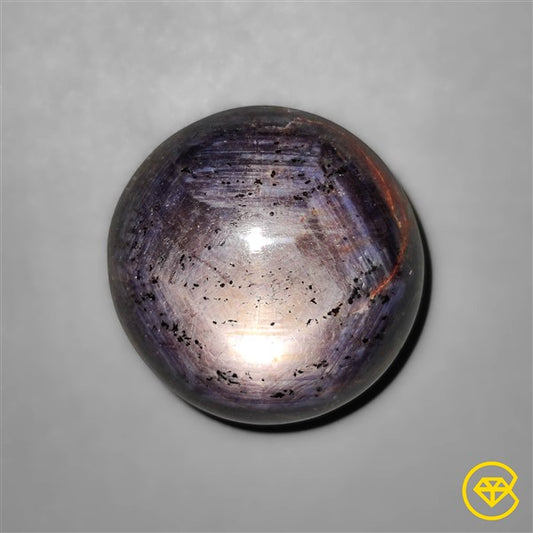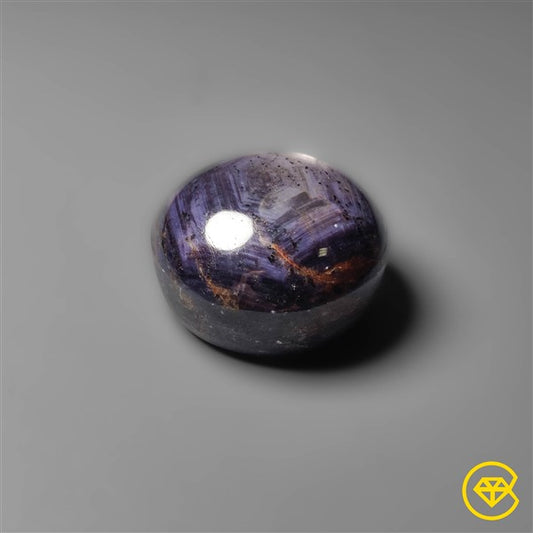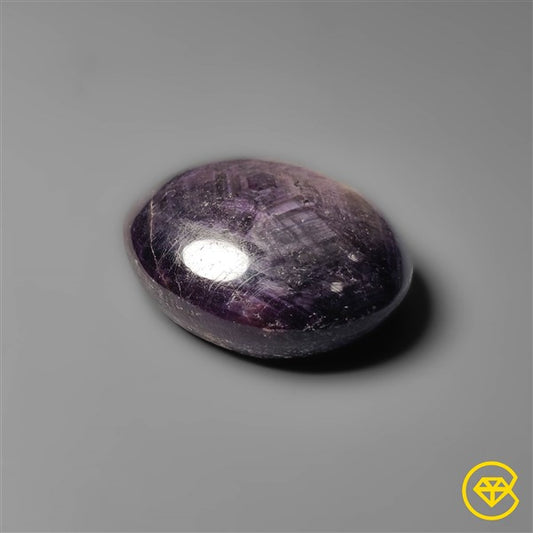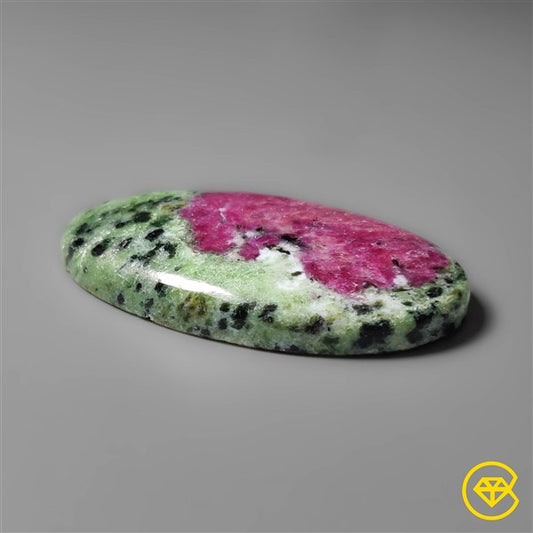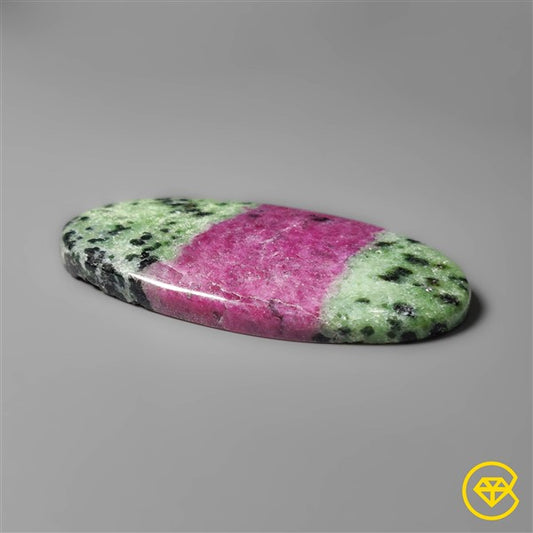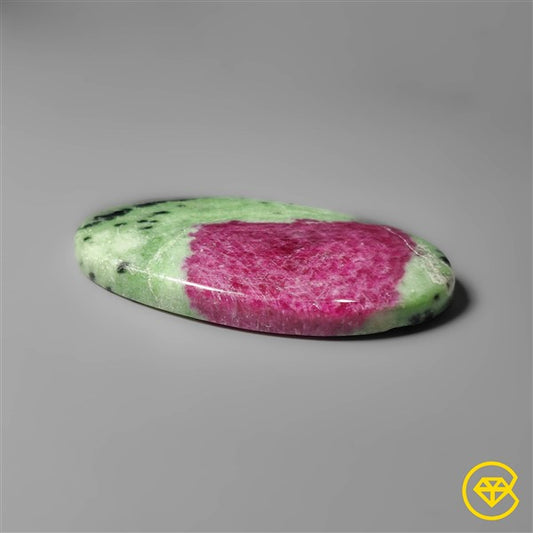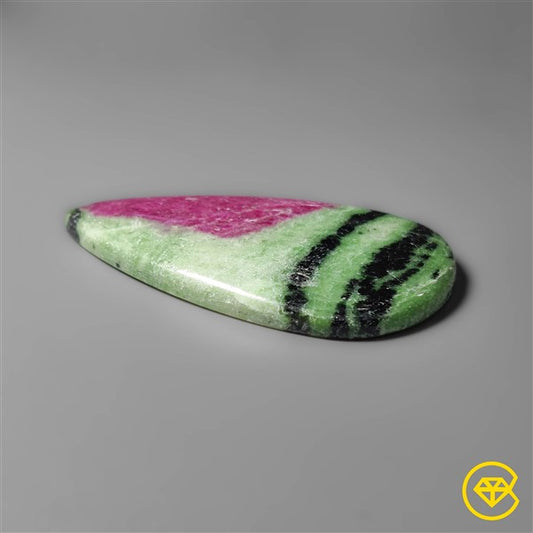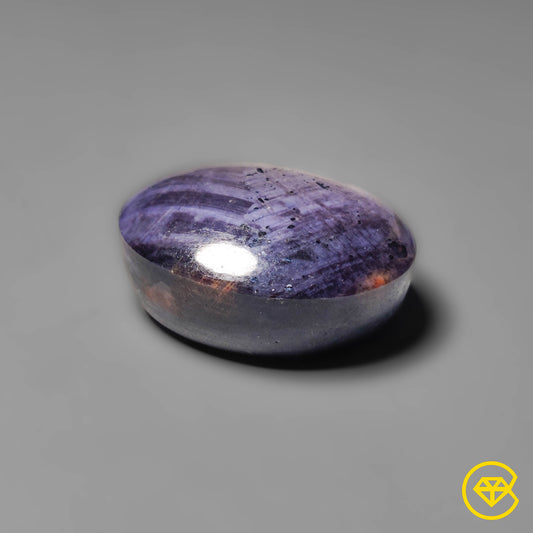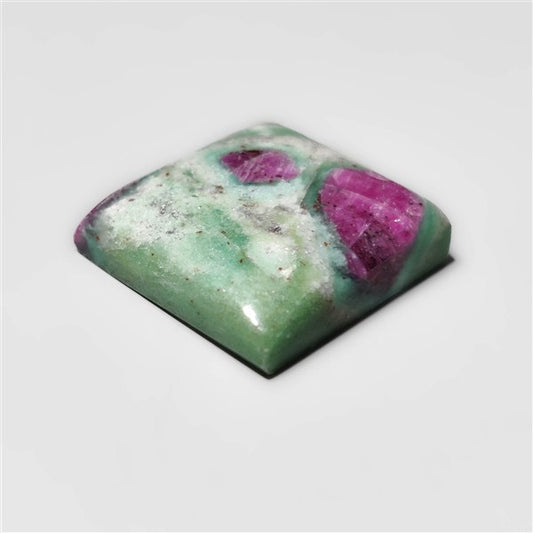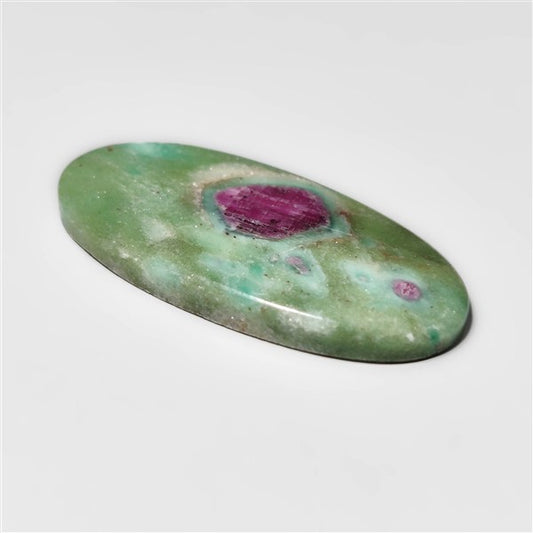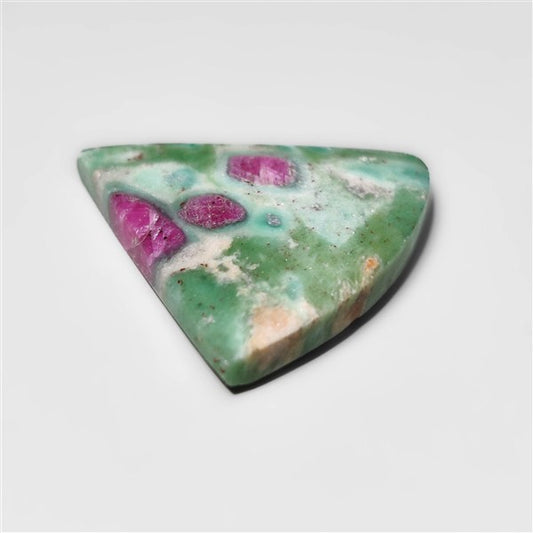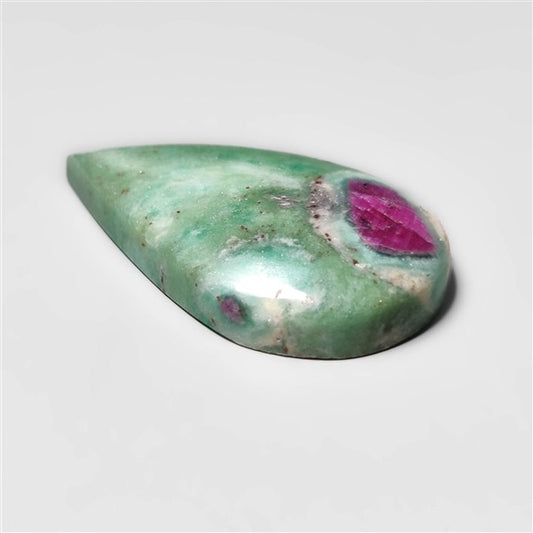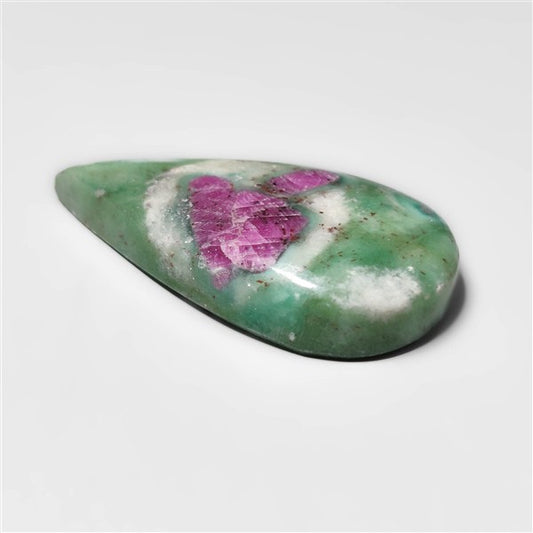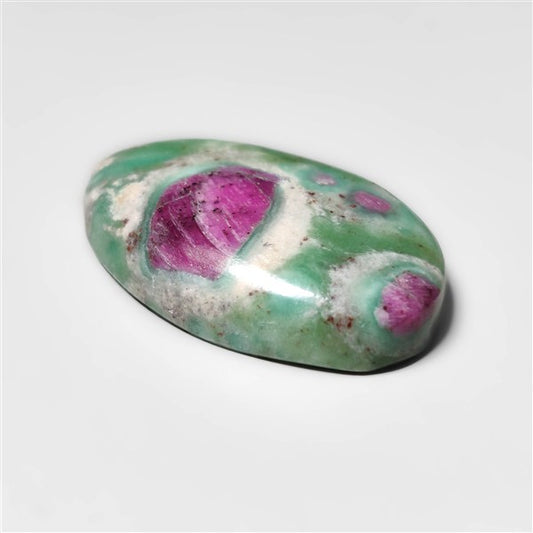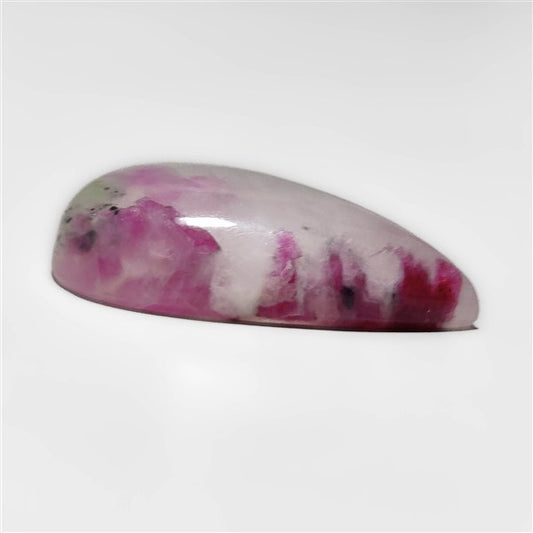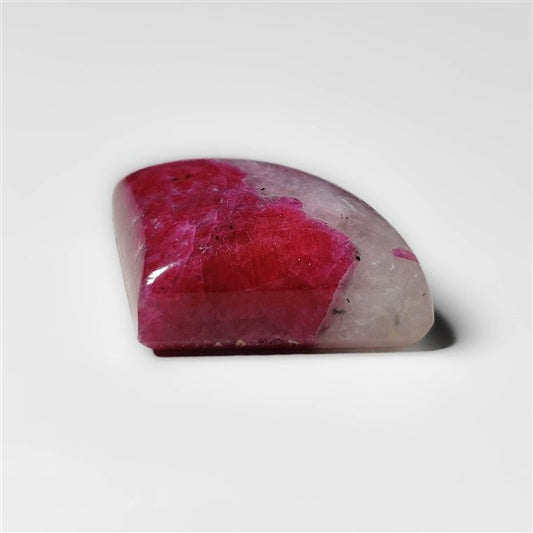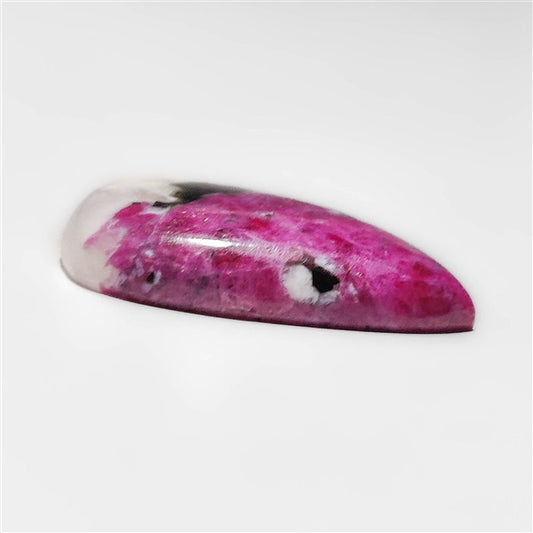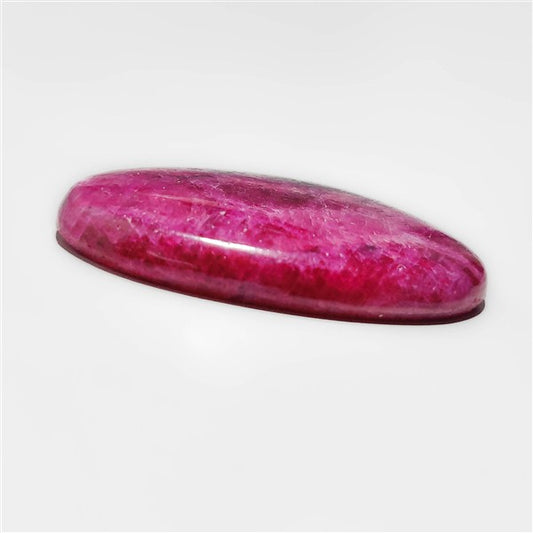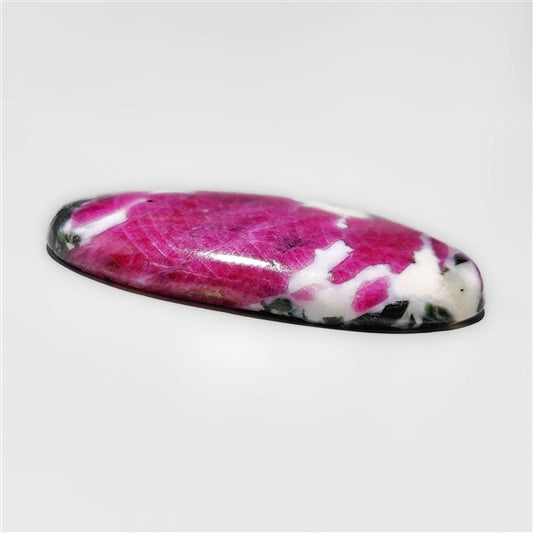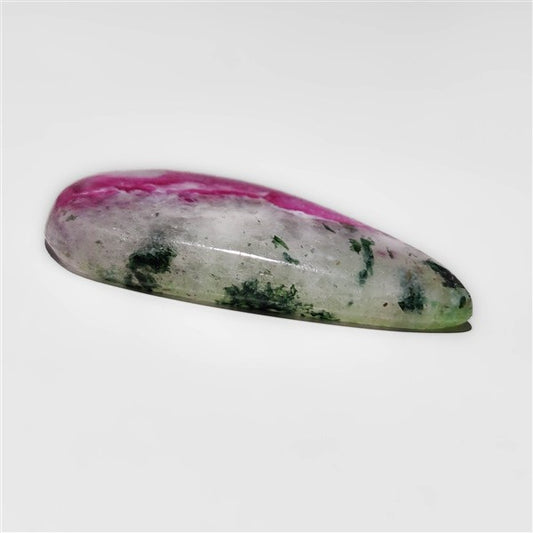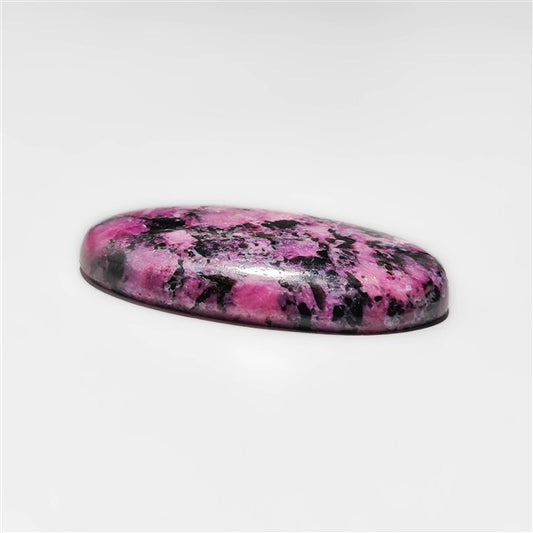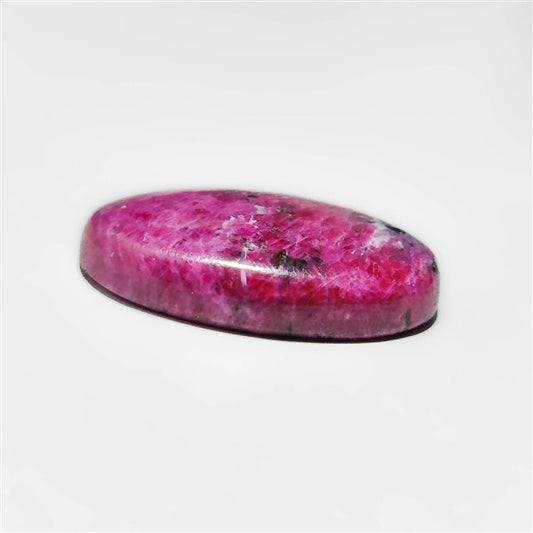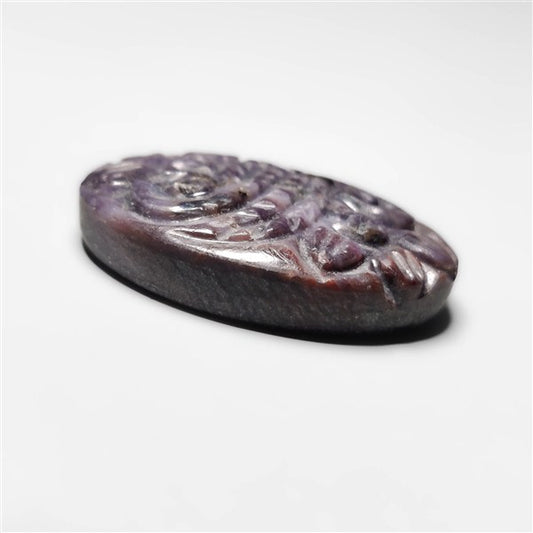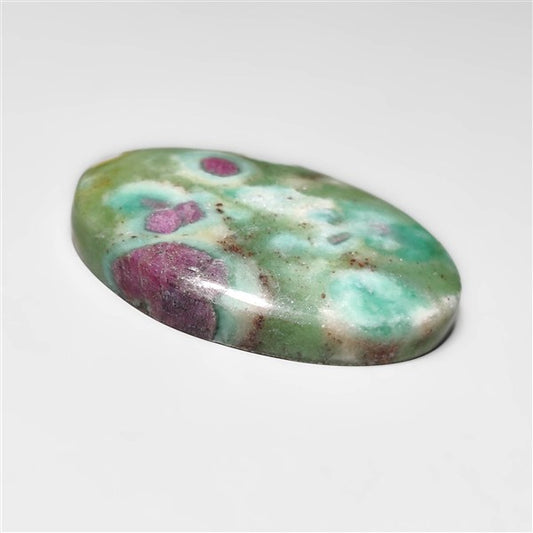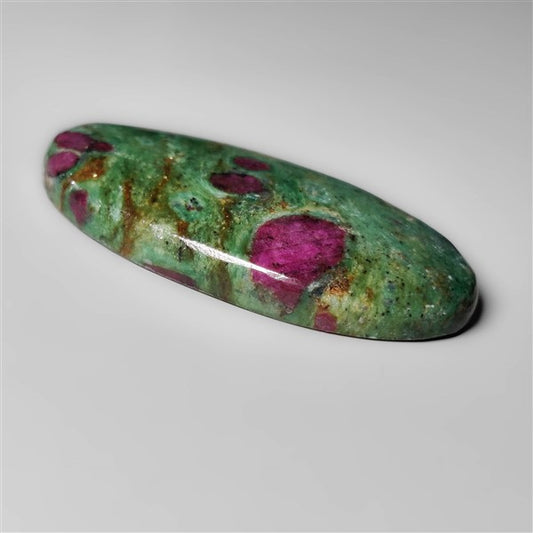Ruby
Ruby has existed for thousands of years, prized by ancient civilizations like the Burmese, who believed these could grant invincibility. In medieval times, rubies were thought to hold protective powers, especially against physical harm. The gemstone was also said to boost energy, vitality, and passion, making it a favorite among kings and queens. Ruby’s historical significance is also notable in its association with the sun, often regarded as a fiery symbol of life and light.
It is a favored gemstone in the world. Loved over the years for its deep rich red hue now synonymous with love, passion and vitality. This stone is well known for its intense color, admired by multiple cultures of antiquity. The Latin word ruber means red and is the source of the word ruby, since the word frankly fulfills the requirements of being a perfect description for this fiery gem.
In times past, rubies have been worn by those of royal blood as well as warriors, thought to help one gain power, strength and protection. Today ruby stone is a symbol of love and is used in Engagement rings as also in any other special occasion jewelry.
Turquoise
This gem has existed for an extremely long time. You may also tell us that this stunning rock has been used by humans for decades as a sort of self-adornment. There is evidence that ancient Egyptians utilized it in jewelry and ornaments as early as 3000 B.C.E.
Vibrant turquoise was valued by all human civilizations because of its profound spiritual and cultural meaning. The turquoise stones discovered in grave sites across the globe attest to their enduring significance.
Across continents, the history of turquoise persists. There is a noticeable affinity and respect for pre-Columbian Native American civilizations in the southwest region of the United States. Shamans incorporated it into sacred rituals because they thought it would let them communicate with the spirit of the sky. The Apache people wore these gemstones on their bows and later on their guns because they believed it to be accurate and forward-thinking.
Along the intriguing stones' journey from North to South America, turquoise was also used by Native Americans as a valuable item in trading routes.
Every other civilization closely associated with this stone, including the Aztecs, appreciated the stone's protective energy and used it to make ceremonial masks, knives, and shields.
Turquoise gemstone has a marvelous origin, the French phrase for which is 'Pierre turquoise,' and which perfectly translates as 'Turkish Stone.' The term refers to the commercial lines which entered Turkey from the jewel to Europe. And so they name the gem for that reason, it comes from Turkey.
It has also been highly prized because of its aesthetic value as well as its spiritual value and is extraordinarily elaborate in pendants and jewelry.
We adore this diamond today because it is beautiful and is a symbol. There exist great many stunning blue to transparent turquoise crystals. They also tend to be lighter hues and in the greenish blue range.
This veins might enhance the beauty of the stone. Being so smooth it naturally reduces and mild polished into a perfect polished dome shaped cabochon, which allows the beautiful natural beauty of its stone to be displayed.







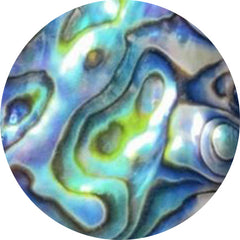 ABALONE SHELL (108)
ABALONE SHELL (108)
 ACTINOLITE (6)
ACTINOLITE (6)
 Affordable Gemstones (16931)
Affordable Gemstones (16931)
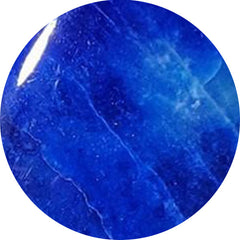 AFGHANITE (15)
AFGHANITE (15)
 AGATE (2525)
AGATE (2525)
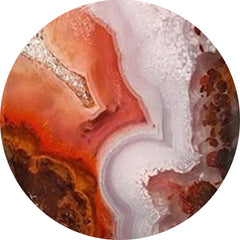 AGUA NUEVA (4)
AGUA NUEVA (4)
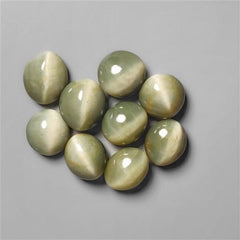 All Gemstones (6)
All Gemstones (6)
 AMAZONITE (181)
AMAZONITE (181)
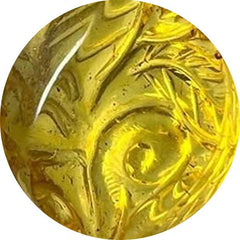 AMBER (156)
AMBER (156)
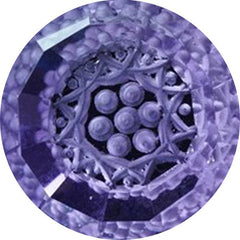 AMETHYST (526)
AMETHYST (526)
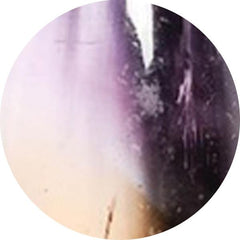 AMETRINE (1)
AMETRINE (1)
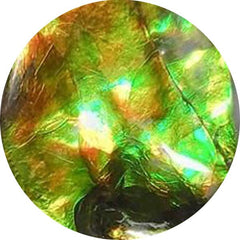 AMMOLITE (38)
AMMOLITE (38)
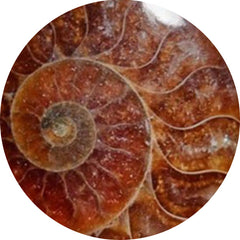 AMMONITE (91)
AMMONITE (91)
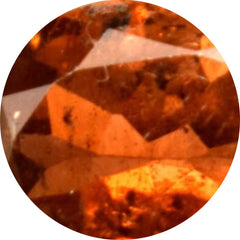 ANDALUSITE (2)
ANDALUSITE (2)
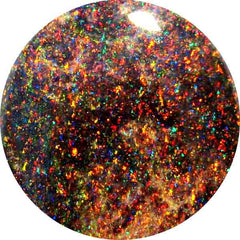 ANDAMOOKA OPAL (4)
ANDAMOOKA OPAL (4)
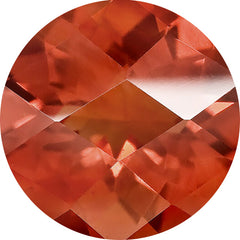 ANDESINE (1)
ANDESINE (1)
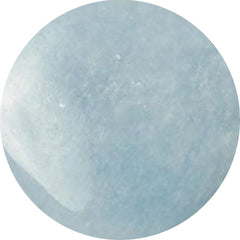 ANGELITE (31)
ANGELITE (31)
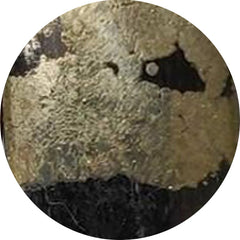 APACHE GOLD (28)
APACHE GOLD (28)
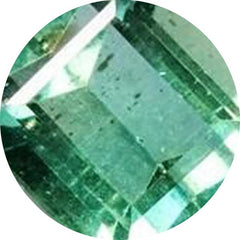 APATITE (149)
APATITE (149)
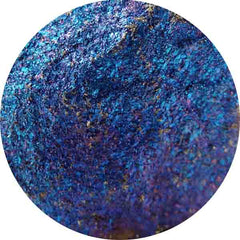 APOPHYLLITE (3)
APOPHYLLITE (3)
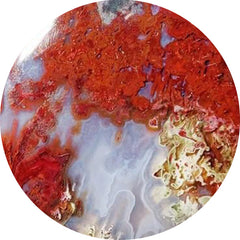 APPLE VALLEY AGATE (0)
APPLE VALLEY AGATE (0)
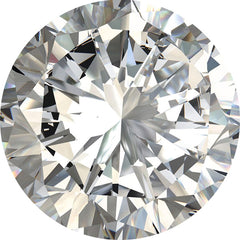 APRIL BIRTHSTONE (44)
APRIL BIRTHSTONE (44)
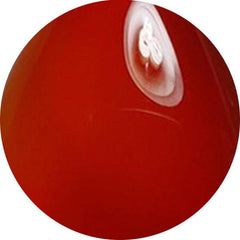 AQEEQ (0)
AQEEQ (0)
 AQUA CHALCEDONY (17)
AQUA CHALCEDONY (17)
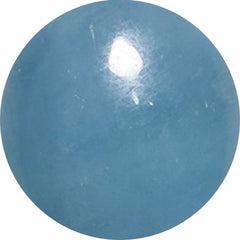 AQUAMARINE (72)
AQUAMARINE (72)
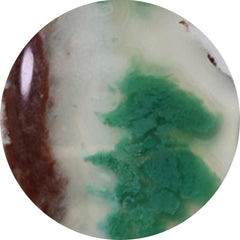 AQUAPRASE (53)
AQUAPRASE (53)
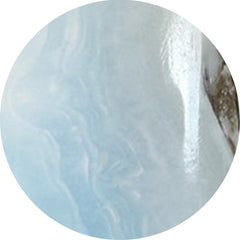 ARAGONITE (2)
ARAGONITE (2)
 ARFVEDSONITE (1)
ARFVEDSONITE (1)
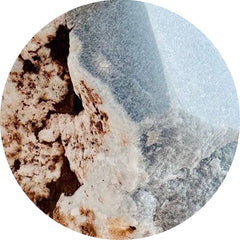 ARISTOLITE (0)
ARISTOLITE (0)
 ARIZONA TURQUOISE (1)
ARIZONA TURQUOISE (1)
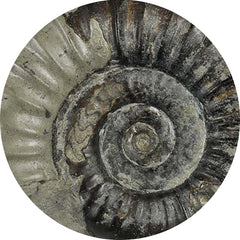 ARNIOCERAS SEMICOSTATUM FOSSIL (0)
ARNIOCERAS SEMICOSTATUM FOSSIL (0)
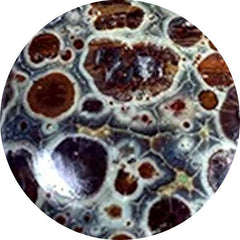 ASTEROID JASPER (11)
ASTEROID JASPER (11)
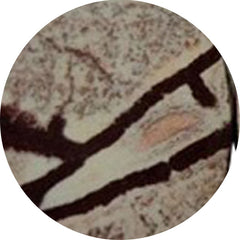 ASTROPHYLLITE (52)
ASTROPHYLLITE (52)
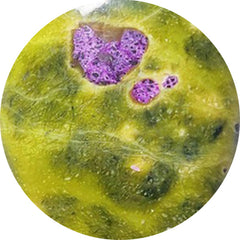 ATLANTASITE (96)
ATLANTASITE (96)
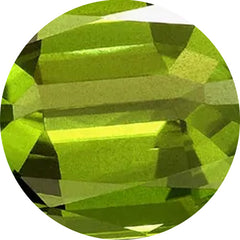 AUGUST BIRTHSTONE (35)
AUGUST BIRTHSTONE (35)
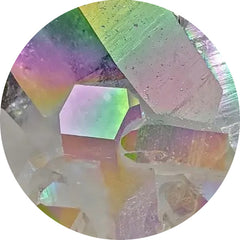 AURA QUARTZ (0)
AURA QUARTZ (0)
 AURORA OPAL (267)
AURORA OPAL (267)
 AUSTRALIAN OPAL (11)
AUSTRALIAN OPAL (11)
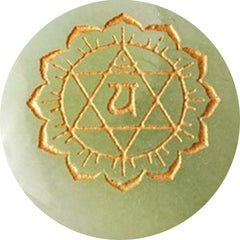 AVENTURINE (73)
AVENTURINE (73)
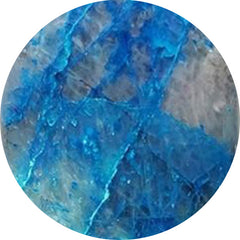 AZURITE (284)
AZURITE (284)
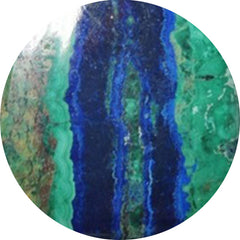 AZURITE MALACHITE (43)
AZURITE MALACHITE (43)
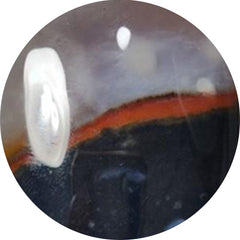 BANDED AGATE (60)
BANDED AGATE (60)
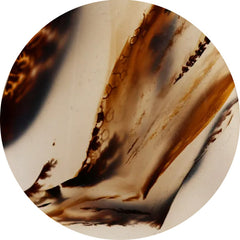 BARBER AGATE (0)
BARBER AGATE (0)
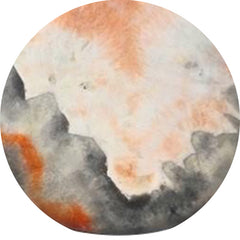 BARITE (12)
BARITE (12)
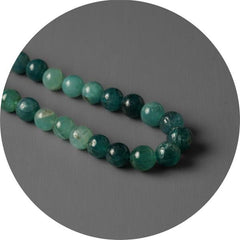 Beads (60)
Beads (60)
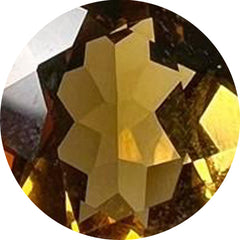 BEER QUARTZ (25)
BEER QUARTZ (25)
 BERBER AGATE (4)
BERBER AGATE (4)
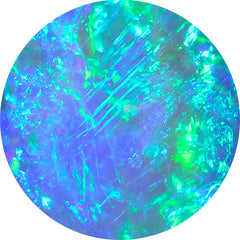 Best Seller (0)
Best Seller (0)
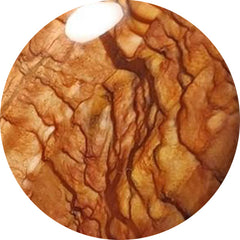 BIGGS JASPER (19)
BIGGS JASPER (19)
 Bird Carving (99)
Bird Carving (99)
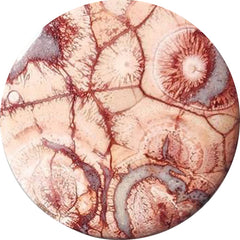 BIRD EYE JASPER (52)
BIRD EYE JASPER (52)
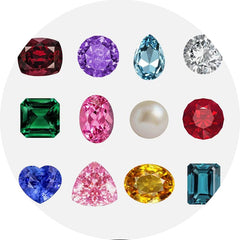 Birthstones (0)
Birthstones (0)
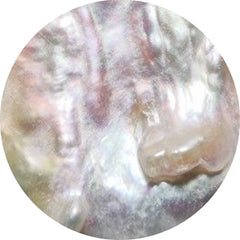 BIWA PEARL (39)
BIWA PEARL (39)
 Black Gemstones (798)
Black Gemstones (798)
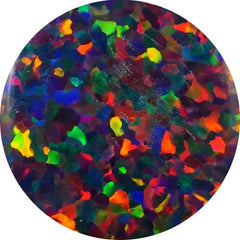 BLACK OPAL (57)
BLACK OPAL (57)
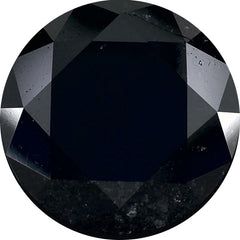 BLACK SPINEL (20)
BLACK SPINEL (20)
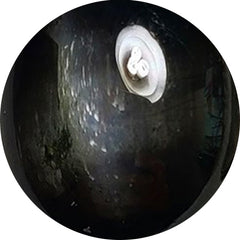 BLACK STAR (32)
BLACK STAR (32)
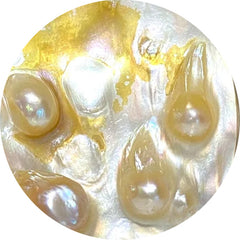 BLISTER PEARL (34)
BLISTER PEARL (34)
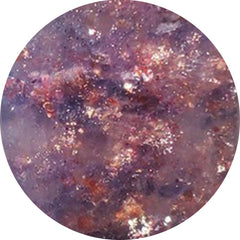 BLOODSHOT IOLITE (32)
BLOODSHOT IOLITE (32)
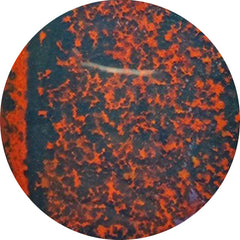 BLOODSTONE (83)
BLOODSTONE (83)
 BLUE CHALCEDONY (26)
BLUE CHALCEDONY (26)
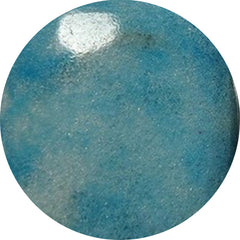 BLUE DIOPSIDE (0)
BLUE DIOPSIDE (0)
 Blue Gemstones (1281)
Blue Gemstones (1281)
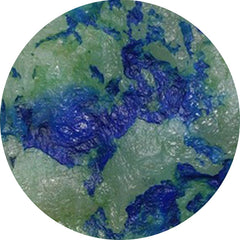 BLUE HORIZON (15)
BLUE HORIZON (15)
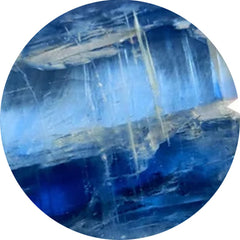 BLUE KYANITE (52)
BLUE KYANITE (52)
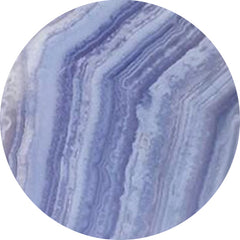 BLUE LACE AGATE (214)
BLUE LACE AGATE (214)
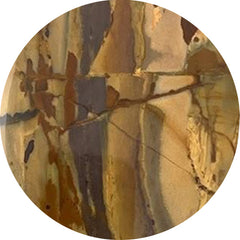 BLUE MOUNTAIN JASPER (0)
BLUE MOUNTAIN JASPER (0)
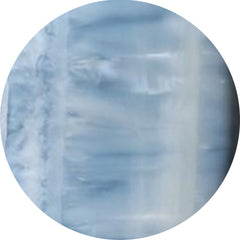 BLUE OPAL (197)
BLUE OPAL (197)
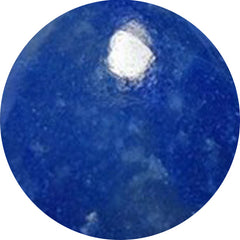 BLUE QUARTZ (27)
BLUE QUARTZ (27)
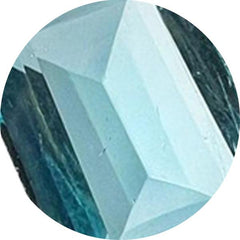 BLUE TOPAZ (84)
BLUE TOPAZ (84)
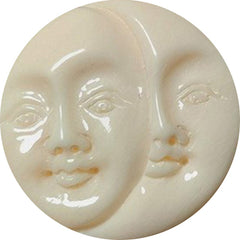 BONE (24)
BONE (24)
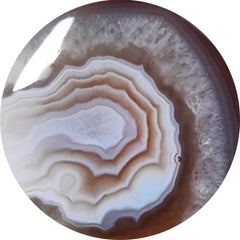 BOTSWANA AGATE (248)
BOTSWANA AGATE (248)
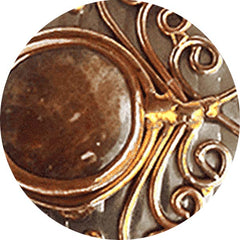 BRONZE (0)
BRONZE (0)
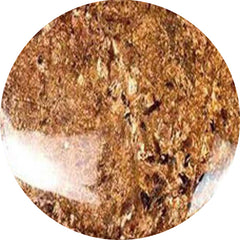 BRONZITE (3)
BRONZITE (3)
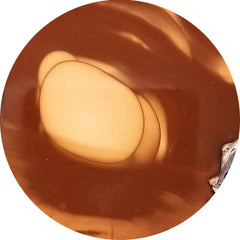 BRUNEAU JASPER (10)
BRUNEAU JASPER (10)
 BUMBLE BEE JASPER (199)
BUMBLE BEE JASPER (199)
 Buy Gemstones In USA (564)
Buy Gemstones In USA (564)
 Cabochon (0)
Cabochon (0)
 Cabochons (12928)
Cabochons (12928)
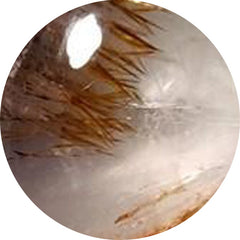 CACOXENITE (64)
CACOXENITE (64)
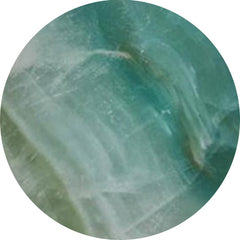 CALCITE (174)
CALCITE (174)
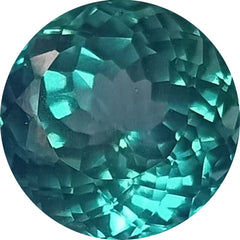 Calibrated (212)
Calibrated (212)
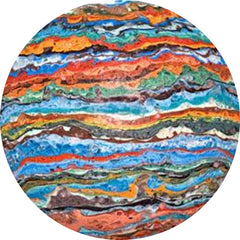 CALSILICA (0)
CALSILICA (0)
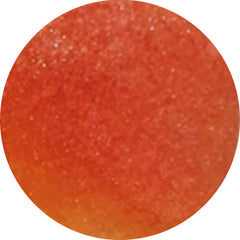 CANDY CORN (6)
CANDY CORN (6)
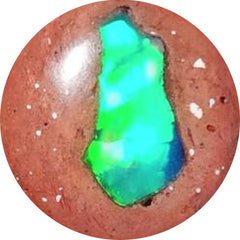 CANTERA OPAL (9)
CANTERA OPAL (9)
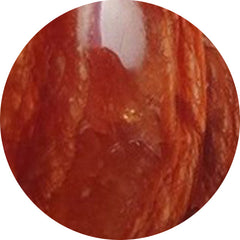 CARAMEL OPAL (2)
CARAMEL OPAL (2)
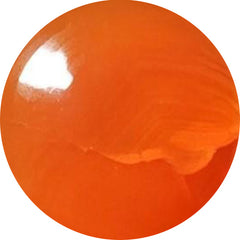 CARNELIAN AGATE (71)
CARNELIAN AGATE (71)
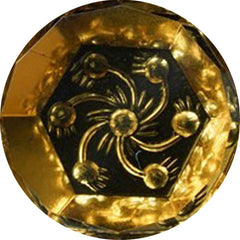 CARVING (1832)
CARVING (1832)
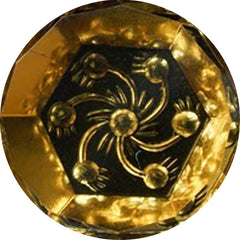 Carvings (2053)
Carvings (2053)
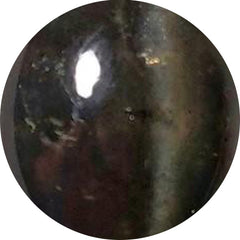 CATS EYE (61)
CATS EYE (61)
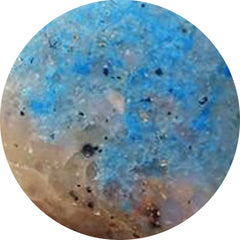 CAVANSITE (16)
CAVANSITE (16)
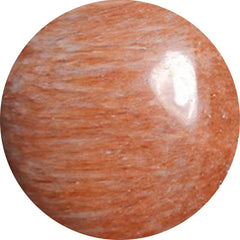 CELESTOBARITE (6)
CELESTOBARITE (6)
 CERULEITE (0)
CERULEITE (0)
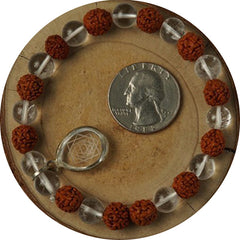 CHAKRA STONE (1)
CHAKRA STONE (1)
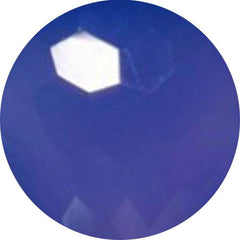 CHALCEDONY (398)
CHALCEDONY (398)
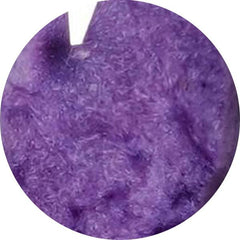 CHAROITE (167)
CHAROITE (167)
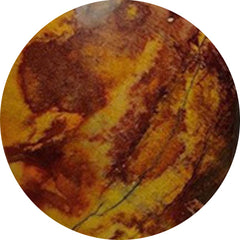 CHERRY CREEK JASPER (1)
CHERRY CREEK JASPER (1)
 CHIASTOLITE (18)
CHIASTOLITE (18)
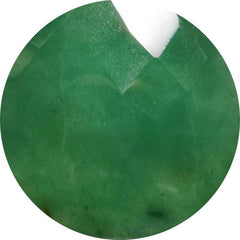 CHROME CHALCEDONY (79)
CHROME CHALCEDONY (79)
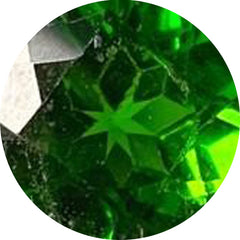 CHROME DIOPSIDE (22)
CHROME DIOPSIDE (22)
 CHRYSANTHEMUM FOSSIL (0)
CHRYSANTHEMUM FOSSIL (0)
 CHRYSOCOLLA (367)
CHRYSOCOLLA (367)
 Chrysocolla Malachite (74)
Chrysocolla Malachite (74)
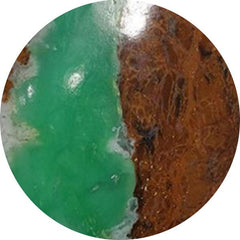 CHRYSOPRASE (274)
CHRYSOPRASE (274)
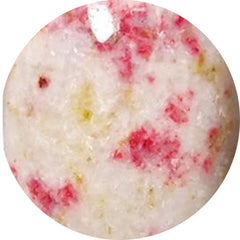 CINNABAR (16)
CINNABAR (16)
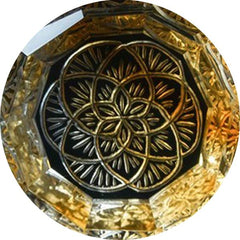 CITRINE (102)
CITRINE (102)
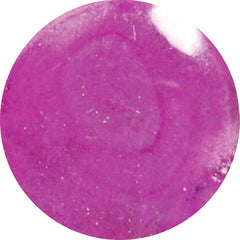 COBALTO CALCITE (56)
COBALTO CALCITE (56)
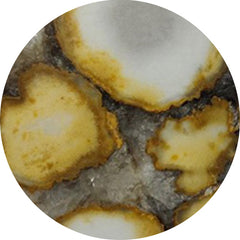 COBRA JASPER (32)
COBRA JASPER (32)
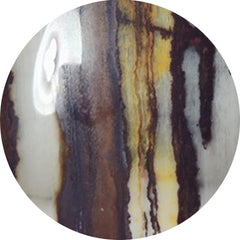 COCONUT JASPER (2)
COCONUT JASPER (2)
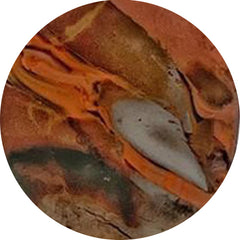 COFFEE BEAN JASPER (2)
COFFEE BEAN JASPER (2)
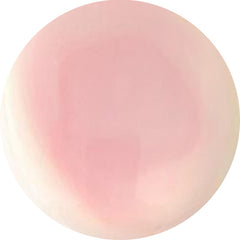 CONCH SHELL (12)
CONCH SHELL (12)
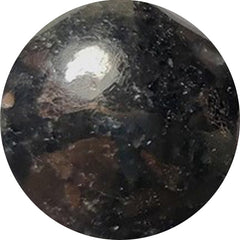 COPPERNITE (0)
COPPERNITE (0)
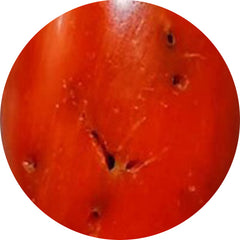 CORAL (334)
CORAL (334)
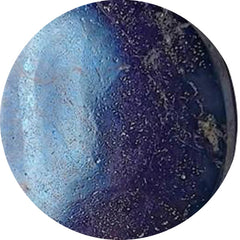 COVELLITE (13)
COVELLITE (13)
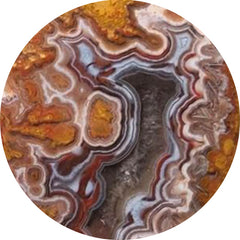 CRAZY LACE AGATE (192)
CRAZY LACE AGATE (192)
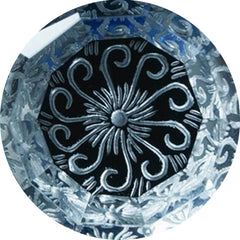 CRYSTAL (252)
CRYSTAL (252)
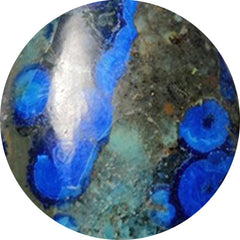 CUPRITE (22)
CUPRITE (22)
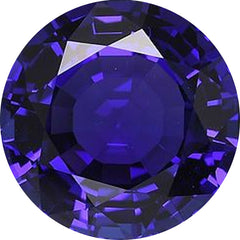 DECEMBER BIRTHSTONE (84)
DECEMBER BIRTHSTONE (84)
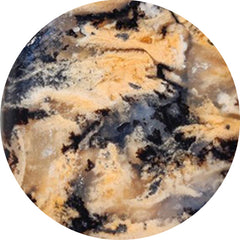 DENDRITIC AGATE (409)
DENDRITIC AGATE (409)
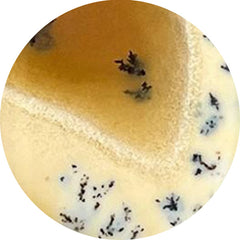 DENDRITIC OPAL (61)
DENDRITIC OPAL (61)
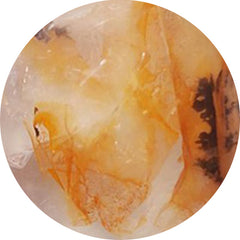 DENDRITIC QUARTZ (2)
DENDRITIC QUARTZ (2)
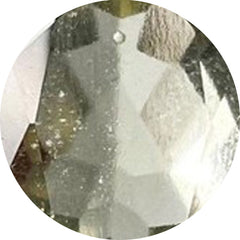 DESERT GLASS (8)
DESERT GLASS (8)
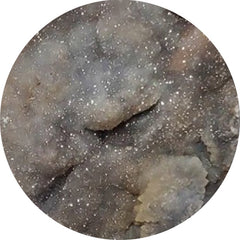 DESERT JASPER DRUZY (5)
DESERT JASPER DRUZY (5)
 DESERT SUNSET JASPER (6)
DESERT SUNSET JASPER (6)
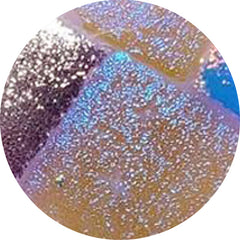 DICHROIC GLASS (143)
DICHROIC GLASS (143)
 DINOSAUR BONE FOSSIL (16)
DINOSAUR BONE FOSSIL (16)
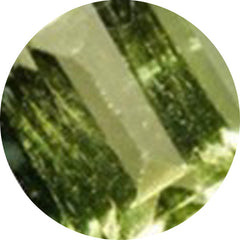 DIOPSIDE (55)
DIOPSIDE (55)
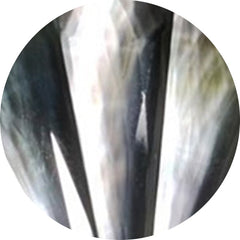 Doublets (756)
Doublets (756)
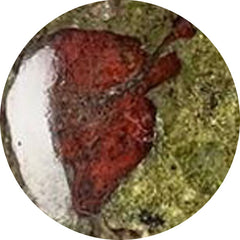 DRAGONBLOOD JASPER (4)
DRAGONBLOOD JASPER (4)
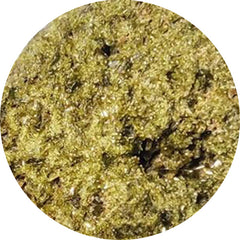 DRUZY (367)
DRUZY (367)
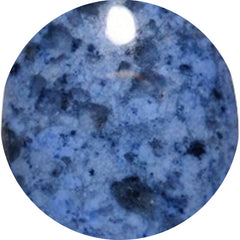 DUMORTIERITE (44)
DUMORTIERITE (44)
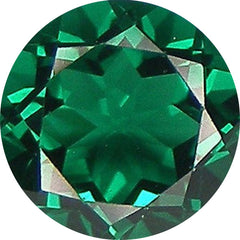 EMERALD (67)
EMERALD (67)
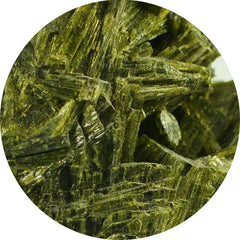 EPIDOTE (10)
EPIDOTE (10)
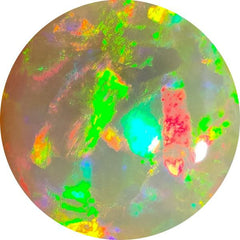 ETHIOPIAN OPAL (10)
ETHIOPIAN OPAL (10)
 EUDIALYTE (21)
EUDIALYTE (21)
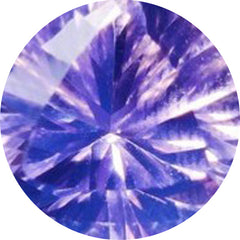 FACETED ROSE CUT (2039)
FACETED ROSE CUT (2039)
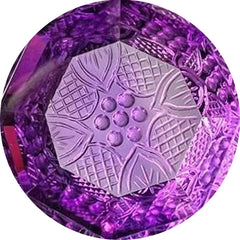 FANTASY CUTS (63)
FANTASY CUTS (63)
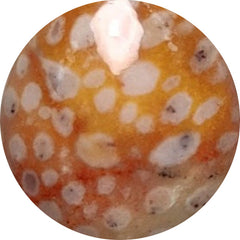 FAWN JASPER (18)
FAWN JASPER (18)
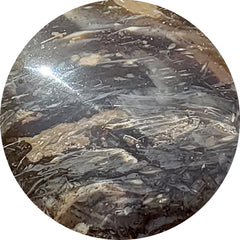 FEATHER AGATE (0)
FEATHER AGATE (0)
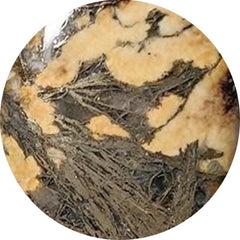 FEATHER PYRITE (42)
FEATHER PYRITE (42)
 FEBRUARY BIRTHSTONE (526)
FEBRUARY BIRTHSTONE (526)
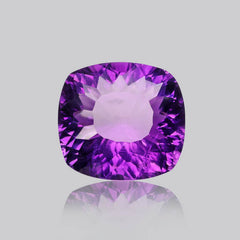 Fine Amethyst (33)
Fine Amethyst (33)
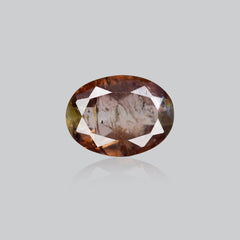 Fine Andalusite (2)
Fine Andalusite (2)
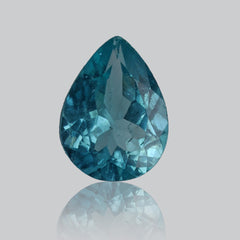 Fine Apatite (10)
Fine Apatite (10)
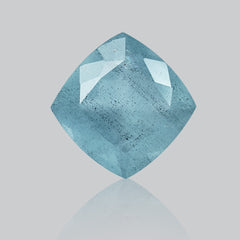 Fine Aquamarine (13)
Fine Aquamarine (13)
 Fine Blue Topaz (60)
Fine Blue Topaz (60)
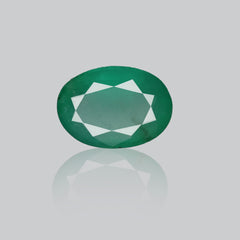 Fine Emerald (17)
Fine Emerald (17)
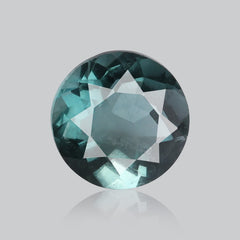 Fine Fluorite (13)
Fine Fluorite (13)
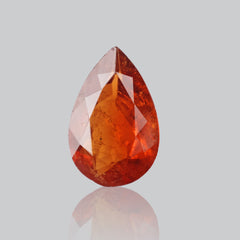 Fine Garnet (31)
Fine Garnet (31)
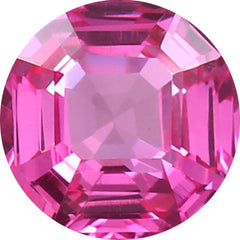 Fine Gemstone (0)
Fine Gemstone (0)
 Fine Iolite (14)
Fine Iolite (14)
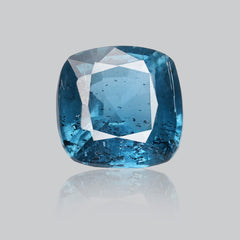 Fine Kyanite (41)
Fine Kyanite (41)
 Fine Moonstone (22)
Fine Moonstone (22)
 Fine Peridot (31)
Fine Peridot (31)
 Fine Prasiolite (34)
Fine Prasiolite (34)
 Fine Sapphire (9)
Fine Sapphire (9)
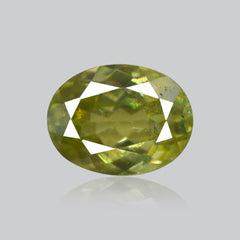 Fine Sphene (17)
Fine Sphene (17)
 Fine Sunstone (8)
Fine Sunstone (8)
 Fine Tanzanite (35)
Fine Tanzanite (35)
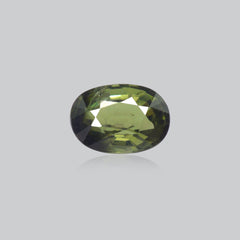 Fine Tourmaline (9)
Fine Tourmaline (9)
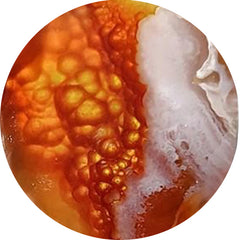 FIRE AGATE (3)
FIRE AGATE (3)
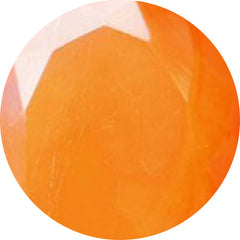 FIRE OPALS (8)
FIRE OPALS (8)
 FLINT STONE (9)
FLINT STONE (9)
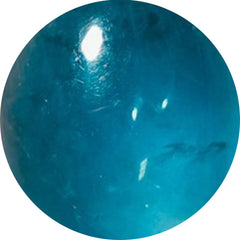 FLUORITE (188)
FLUORITE (188)
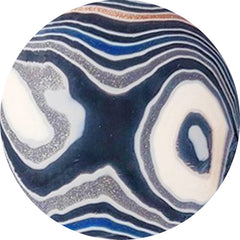 FORDITE (37)
FORDITE (37)
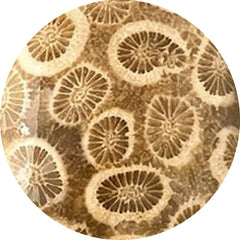 FOSSIL CORAL (297)
FOSSIL CORAL (297)
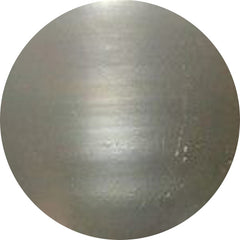 FOSSIL MARSTON MARBLE (4)
FOSSIL MARSTON MARBLE (4)
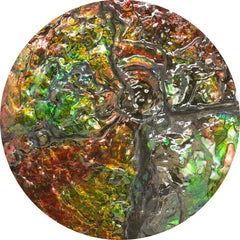 Fossils (514)
Fossils (514)
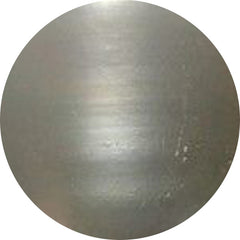 FRESHWATER PEARL (32)
FRESHWATER PEARL (32)
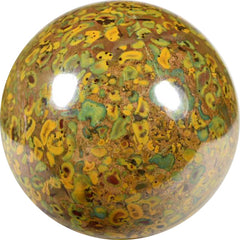 FRUIT JASPER (15)
FRUIT JASPER (15)
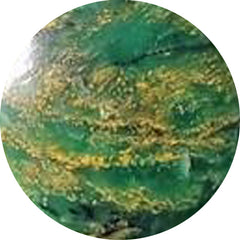 FUCHSITE (7)
FUCHSITE (7)
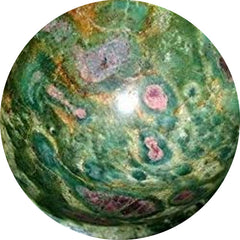 FUSCHITE (11)
FUSCHITE (11)
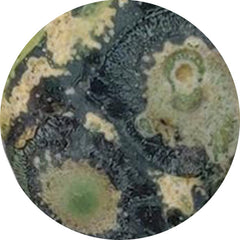 GALAXY JASPER (4)
GALAXY JASPER (4)
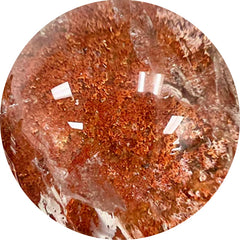 GARDEN QUARTZ (3)
GARDEN QUARTZ (3)
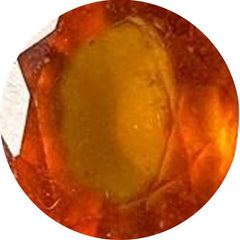 GARNET (116)
GARNET (116)
 GARNET IN LIMESTONE (30)
GARNET IN LIMESTONE (30)
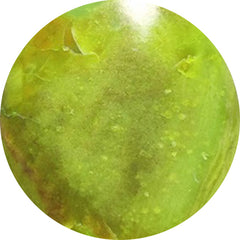 GASPEITE (24)
GASPEITE (24)
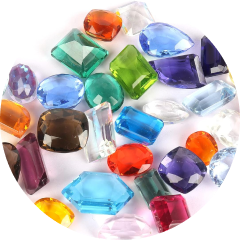 GEMSTONE LOTS (544)
GEMSTONE LOTS (544)
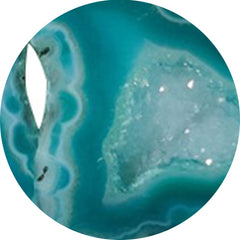 GEODE (26)
GEODE (26)
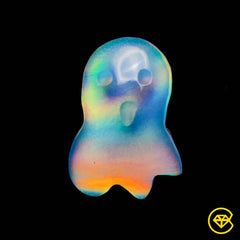 Ghost carving (16)
Ghost carving (16)
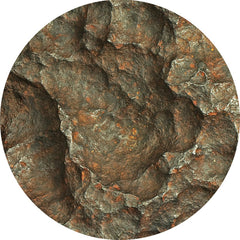 GIBEON METEORITE (0)
GIBEON METEORITE (0)
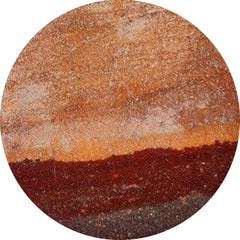 GILA MONSTER AGATE (16)
GILA MONSTER AGATE (16)
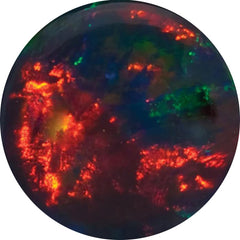 GILSON OPAL (29)
GILSON OPAL (29)
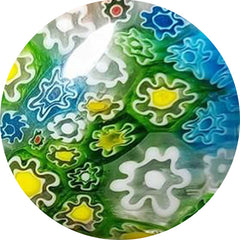 GLASS (160)
GLASS (160)
 GLOW STONE (15)
GLOW STONE (15)
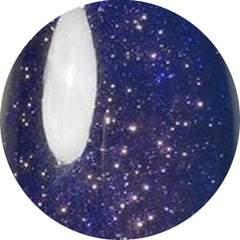 GOLDSTONE (30)
GOLDSTONE (30)
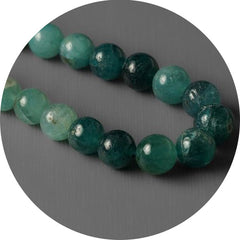 GRANDIDIERITE (11)
GRANDIDIERITE (11)
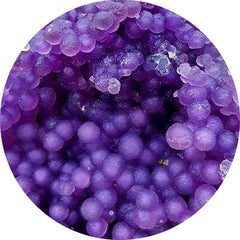 GRAPE AGATE (124)
GRAPE AGATE (124)
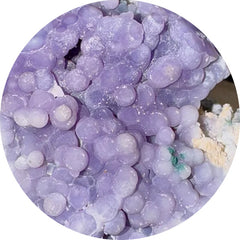 GRAPE CHALCEDONY (4)
GRAPE CHALCEDONY (4)
 Green Gemstones (415)
Green Gemstones (415)
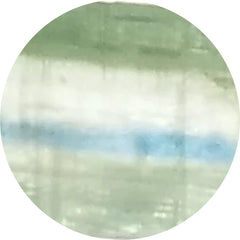 GREEN KYANITE (14)
GREEN KYANITE (14)
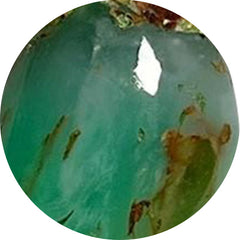 GREEN PRASE OPAL (16)
GREEN PRASE OPAL (16)
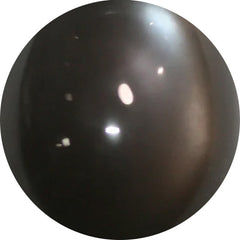 GREY MOONSTONE (35)
GREY MOONSTONE (35)
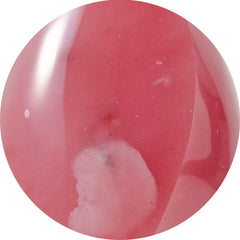 GUAVA QUARTZ (9)
GUAVA QUARTZ (9)
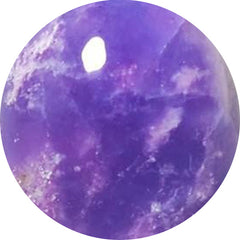 HACKMANITE (12)
HACKMANITE (12)
 HEART CARVING (387)
HEART CARVING (387)
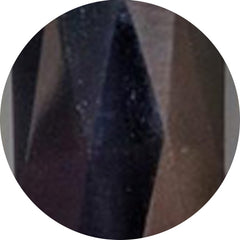 HEMATITE (25)
HEMATITE (25)
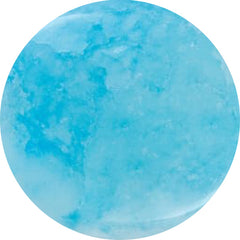 HEMIMORPHITE (57)
HEMIMORPHITE (57)
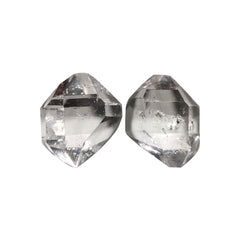 Herkimer Diamond (44)
Herkimer Diamond (44)
 Himalayan Quartz (436)
Himalayan Quartz (436)
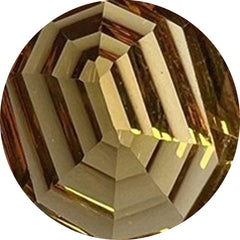 HONEY QUARTZ (22)
HONEY QUARTZ (22)
 HOWARDITE OPAL (5)
HOWARDITE OPAL (5)
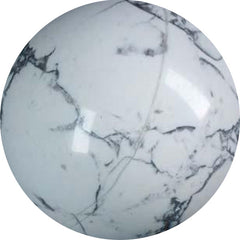 HOWLITE (5)
HOWLITE (5)
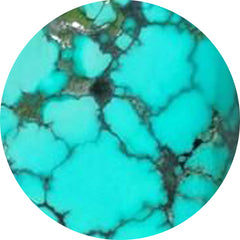 HUBEI TURQUOISE (126)
HUBEI TURQUOISE (126)
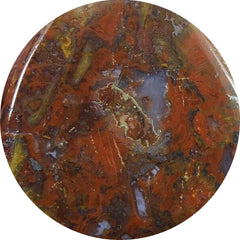 HUNGARIAN AGATE (1)
HUNGARIAN AGATE (1)
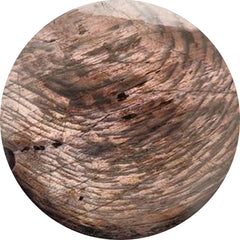 HYPERSTHENE (44)
HYPERSTHENE (44)
 ICE QUARTZ (0)
ICE QUARTZ (0)
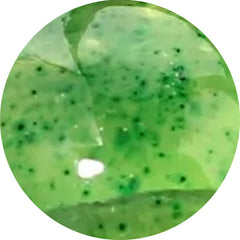 IDOCRASE (0)
IDOCRASE (0)
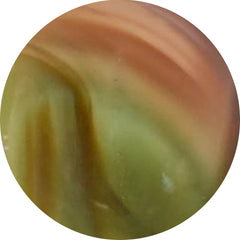 IMPERIAL JASPER (78)
IMPERIAL JASPER (78)
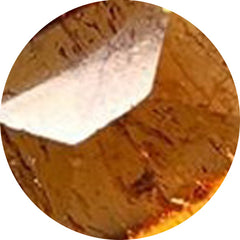 IMPERIAL TOPAZ (1)
IMPERIAL TOPAZ (1)
 INDIAN PAINT STONE (6)
INDIAN PAINT STONE (6)
 IOLITE (109)
IOLITE (109)
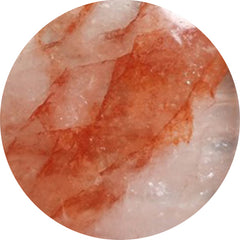 IRON QUARTZ (21)
IRON QUARTZ (21)
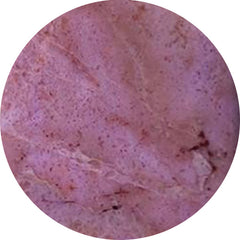 JADE (39)
JADE (39)
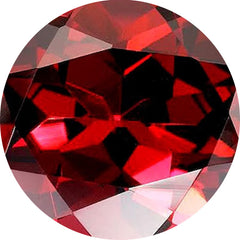 JANUARY BIRTHSTONE (116)
JANUARY BIRTHSTONE (116)
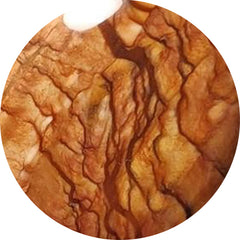 JASPERS (36)
JASPERS (36)
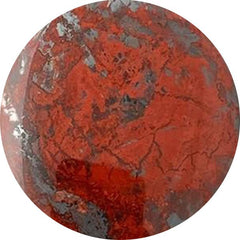 JASPILLITE (8)
JASPILLITE (8)
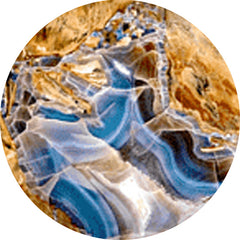 JAVA CHALCEDONY (11)
JAVA CHALCEDONY (11)
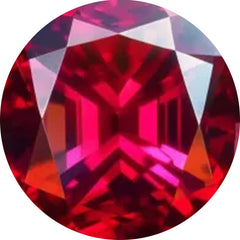 JULY BIRTHSTONE (223)
JULY BIRTHSTONE (223)
 June Birthstones: Moonstone, Pearl, and Alexandrite (562)
June Birthstones: Moonstone, Pearl, and Alexandrite (562)
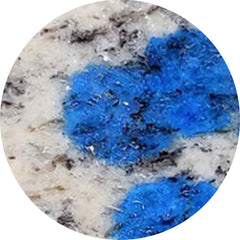 K2 JASPER (9)
K2 JASPER (9)
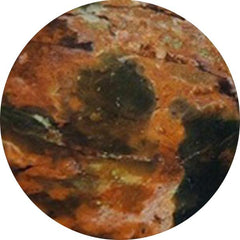 KALEIDOSCOPE AGATE (0)
KALEIDOSCOPE AGATE (0)
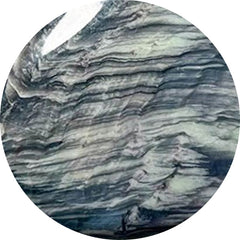 KAMMERERITE (99)
KAMMERERITE (99)
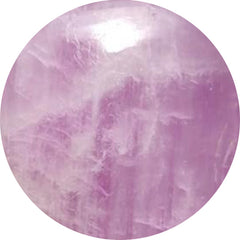 KUNZITE (11)
KUNZITE (11)
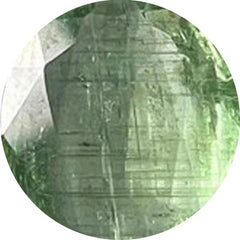 KYANITE (137)
KYANITE (137)
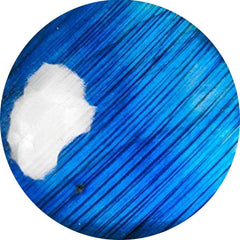 LABRADORITE (301)
LABRADORITE (301)
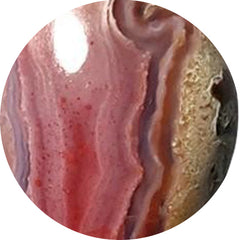 LAGUNA LACE AGATE (58)
LAGUNA LACE AGATE (58)
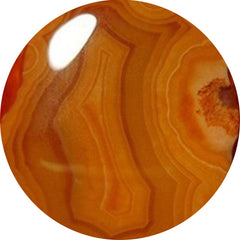 LAKE SUPERIOR AGATE (34)
LAKE SUPERIOR AGATE (34)
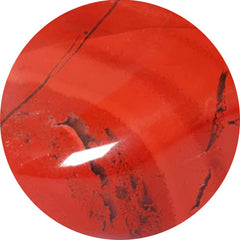 LANDSCAPE JASPER (0)
LANDSCAPE JASPER (0)
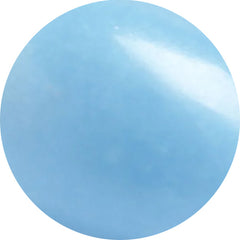 LANGITE (0)
LANGITE (0)
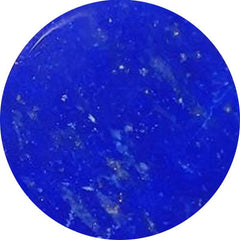 LAPIS LAZULI (174)
LAPIS LAZULI (174)
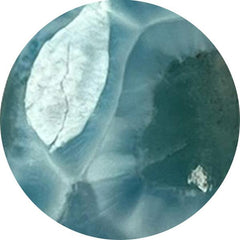 LARIMAR (129)
LARIMAR (129)
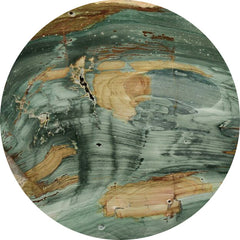 LARSONITE (17)
LARSONITE (17)
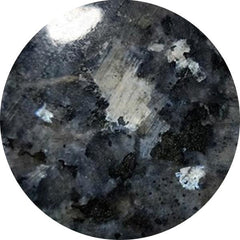 LARVIKITE FELDSPAR (40)
LARVIKITE FELDSPAR (40)
 LAVENDER CHALCEDONY (26)
LAVENDER CHALCEDONY (26)
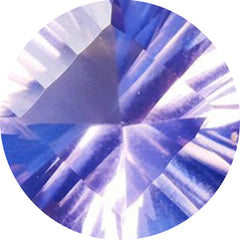 LAVENDER QUARTZ (5)
LAVENDER QUARTZ (5)
 LAZULITE (8)
LAZULITE (8)
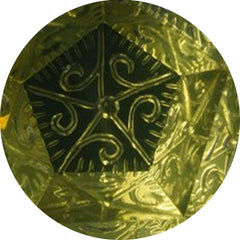 LEMON QUARTZ (40)
LEMON QUARTZ (40)
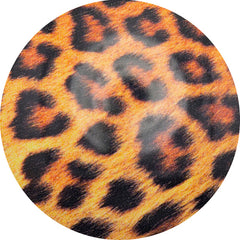 LEOPARD SKIN SHELL (0)
LEOPARD SKIN SHELL (0)
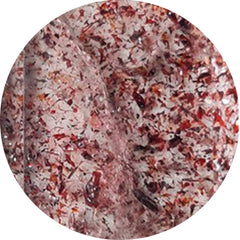 LEPIDOCROCITE (6)
LEPIDOCROCITE (6)
 LEPIDOLITE (44)
LEPIDOLITE (44)
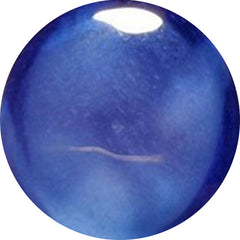 LINDY STAR SAPPHIRE (0)
LINDY STAR SAPPHIRE (0)
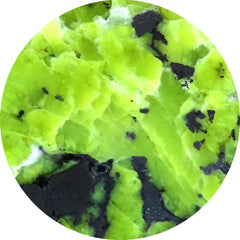 LIZARDITE (50)
LIZARDITE (50)
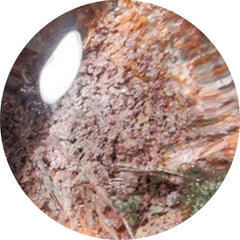 LODOLITE (105)
LODOLITE (105)
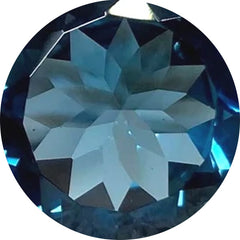 LONDON BLUE TOPAZ (34)
LONDON BLUE TOPAZ (34)
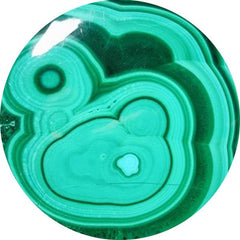 MALACHITE (618)
MALACHITE (618)
 Malawi Moonstone (5)
Malawi Moonstone (5)
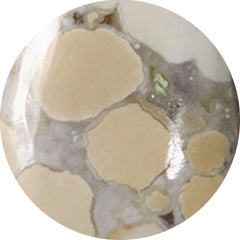 MALIGANO JASPER (45)
MALIGANO JASPER (45)
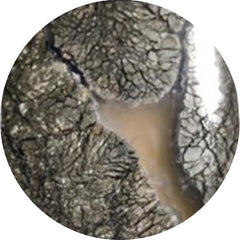 MARCASITE (13)
MARCASITE (13)
 MARCH BIRTHSTONE (72)
MARCH BIRTHSTONE (72)
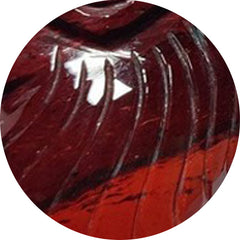 MARY ELLEN JASPER (0)
MARY ELLEN JASPER (0)
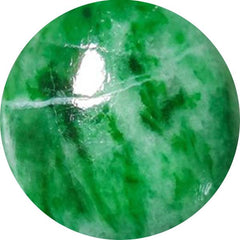 MAW SIT SIT (26)
MAW SIT SIT (26)
 MAY BIRTHSTONE (67)
MAY BIRTHSTONE (67)
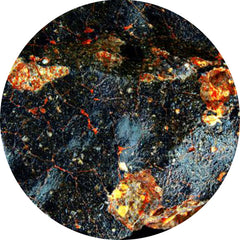 METEORITE (3)
METEORITE (3)
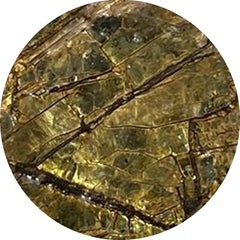 MICA (16)
MICA (16)
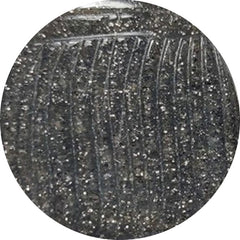 MIDNIGHT QUARTZITE (21)
MIDNIGHT QUARTZITE (21)
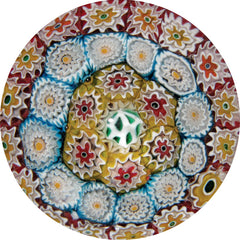 MILLEFIORI GLASS (2)
MILLEFIORI GLASS (2)
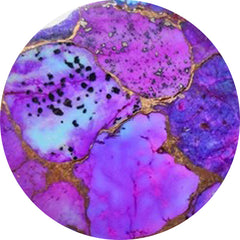 MOHAVE TURQUOISE (153)
MOHAVE TURQUOISE (153)
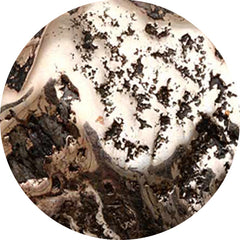 MOHAWKITES (0)
MOHAWKITES (0)
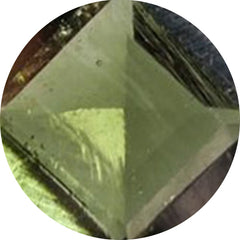 MOLDAVITE (0)
MOLDAVITE (0)
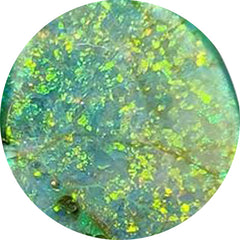 MONARCH OPAL (23)
MONARCH OPAL (23)
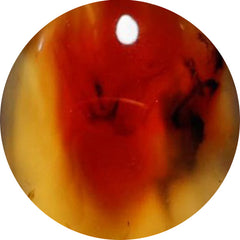 MONTANA AGATE (91)
MONTANA AGATE (91)
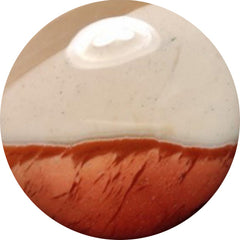 MOOKAITE (37)
MOOKAITE (37)
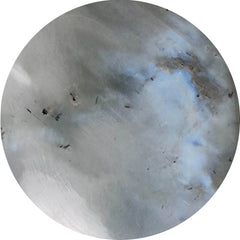 MOONSTONE (255)
MOONSTONE (255)
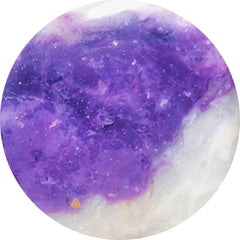 MORADO OPAL (1)
MORADO OPAL (1)
 Morenci Turquoise (0)
Morenci Turquoise (0)
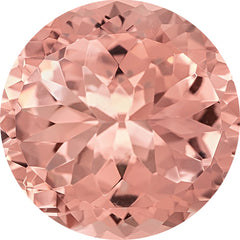 MORGANITE (0)
MORGANITE (0)
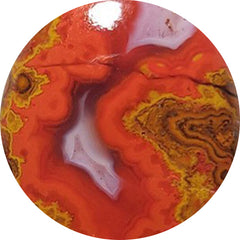 MOROCCAN SEAM AGATE (125)
MOROCCAN SEAM AGATE (125)
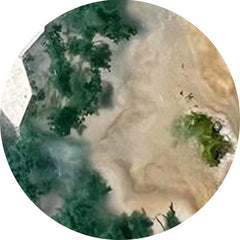 MOSS AGATE (429)
MOSS AGATE (429)
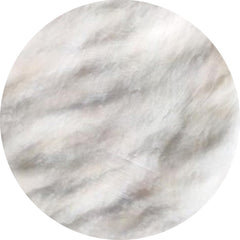 MOTHER OF PEARL (425)
MOTHER OF PEARL (425)
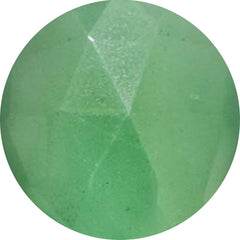 MTOROLITE (36)
MTOROLITE (36)
 Mughal Carving (555)
Mughal Carving (555)
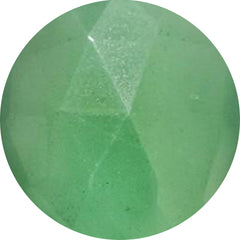 MUSCOVITE (22)
MUSCOVITE (22)
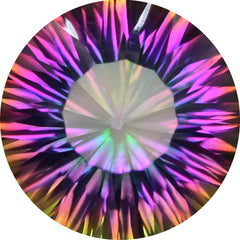 MYSTIC QUARTZ (1)
MYSTIC QUARTZ (1)
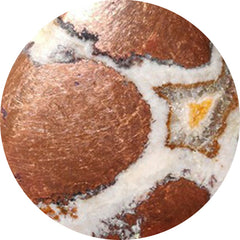 NATIVE COPPER (38)
NATIVE COPPER (38)
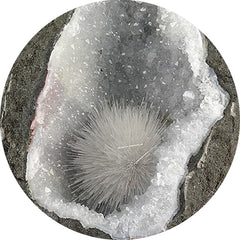 NATROLITE (11)
NATROLITE (11)
 NELLITE (5)
NELLITE (5)
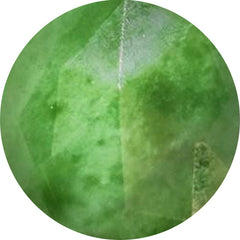 NEPHRITE JADE (5)
NEPHRITE JADE (5)
 New Arrivals (401)
New Arrivals (401)
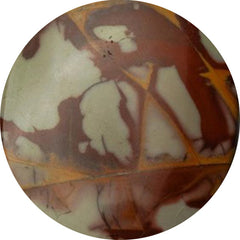 NOREENA JASPER (42)
NOREENA JASPER (42)
 NOVEMBER BIRTHSTONE (100)
NOVEMBER BIRTHSTONE (100)
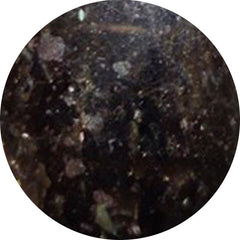 NUUMMITE (0)
NUUMMITE (0)
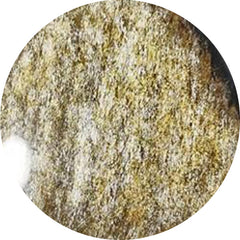 OBSIDIAN (373)
OBSIDIAN (373)
 OCEAN JASPER (239)
OCEAN JASPER (239)
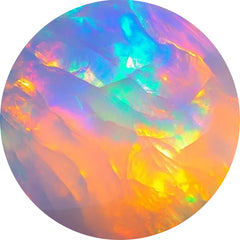 OCTOBER BIRTHSTONE (165)
OCTOBER BIRTHSTONE (165)
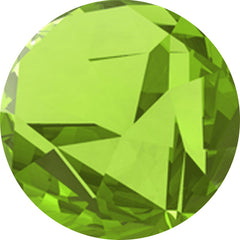 OLIVE QUARTZ (6)
OLIVE QUARTZ (6)
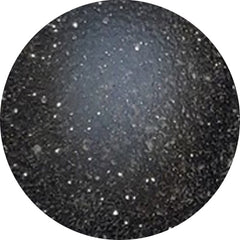 ONYX (251)
ONYX (251)
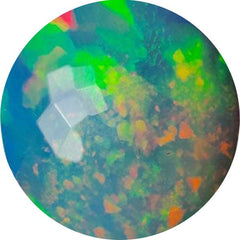 Opal (1084)
Opal (1084)
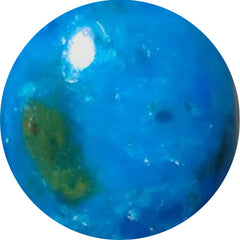 OPALINA (12)
OPALINA (12)
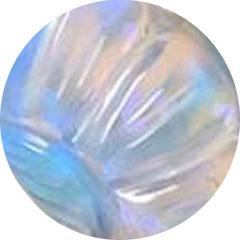 OPALITE (18)
OPALITE (18)
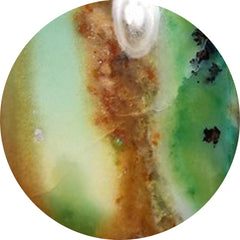 OPALWOOD (6)
OPALWOOD (6)
 Orange Gemstones (304)
Orange Gemstones (304)
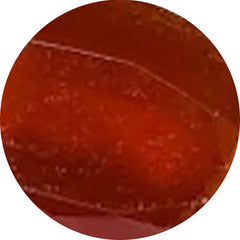 ORANGE KYANITE (5)
ORANGE KYANITE (5)
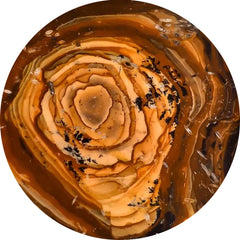 OREGON JASPER (8)
OREGON JASPER (8)
 ORTHOCERAS FOSSIL (47)
ORTHOCERAS FOSSIL (47)
 Out of stock products (3)
Out of stock products (3)
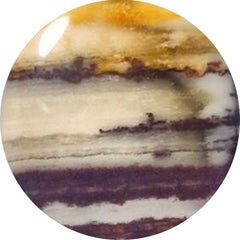 OUTBACK JASPER (6)
OUTBACK JASPER (6)
 OVER $50 (210)
OVER $50 (210)
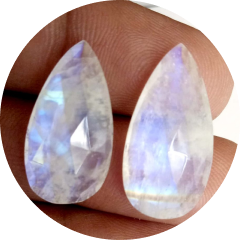 Pairs (1224)
Pairs (1224)
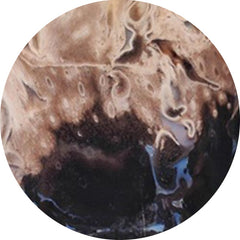 PALMROOT AGATE (70)
PALMROOT AGATE (70)
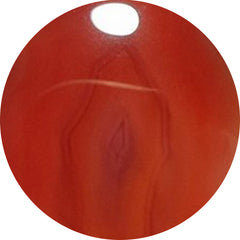 PASSION AGATE (2)
PASSION AGATE (2)
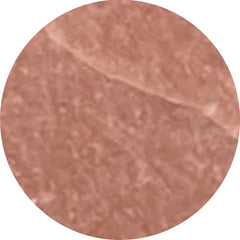 PEACH MOONSTONE (47)
PEACH MOONSTONE (47)
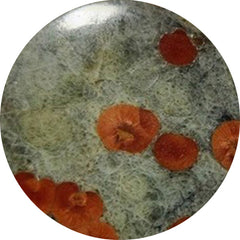 PEANUT OBSIDIAN (48)
PEANUT OBSIDIAN (48)
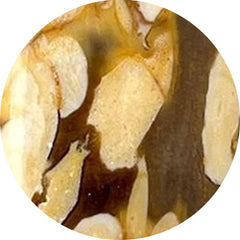 PEANUT WOOD JASPER (94)
PEANUT WOOD JASPER (94)
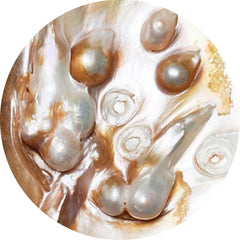 PEARL (562)
PEARL (562)
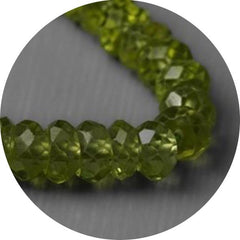 PERIDOT (35)
PERIDOT (35)
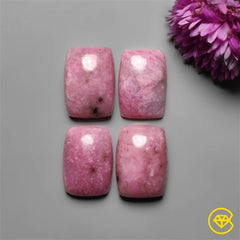 PETALITE (25)
PETALITE (25)
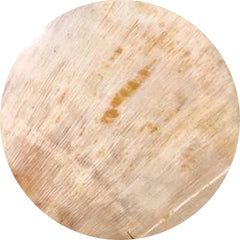 PETRIFIED WOOD (38)
PETRIFIED WOOD (38)
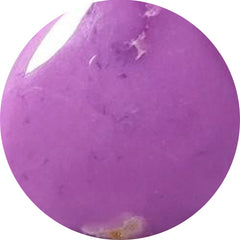 PHOSPHOSIDERITE (104)
PHOSPHOSIDERITE (104)
 PICASSO JASPER (68)
PICASSO JASPER (68)
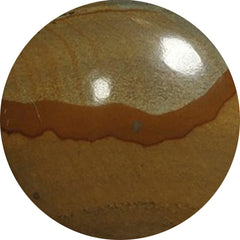 PICTURE JASPER (68)
PICTURE JASPER (68)
 PIETERSITE (72)
PIETERSITE (72)
 Pink Gemstones (439)
Pink Gemstones (439)
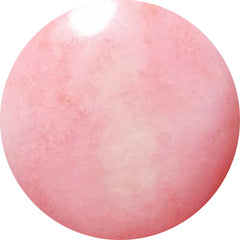 PINK OPAL (159)
PINK OPAL (159)
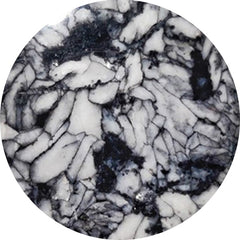 PINOLITH (34)
PINOLITH (34)
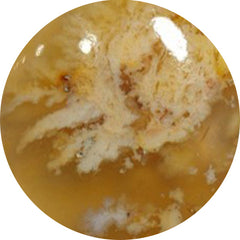 PLUME AGATE (78)
PLUME AGATE (78)
 POLKA DOT AGATE (42)
POLKA DOT AGATE (42)
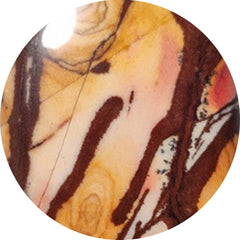 POLYCHROME JASPER (58)
POLYCHROME JASPER (58)
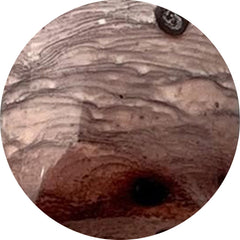 PORCELAIN JASPER (29)
PORCELAIN JASPER (29)
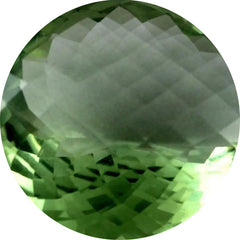 PRASIOLITE (57)
PRASIOLITE (57)
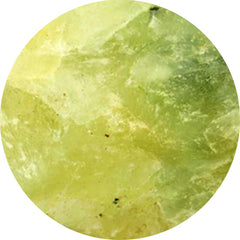 PREHNITE (24)
PREHNITE (24)
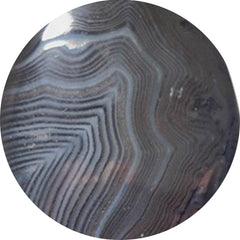 PSILOMELANE (24)
PSILOMELANE (24)
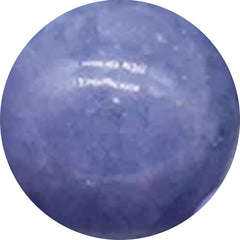 PURPLE CHALCEDONY (44)
PURPLE CHALCEDONY (44)
 PURPURITE (11)
PURPURITE (11)
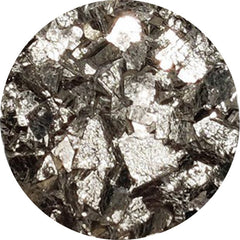 PYRITE (135)
PYRITE (135)
 QUARTZ (62)
QUARTZ (62)
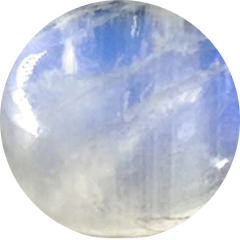 Rain Moonstones (0)
Rain Moonstones (0)
 RAINBOW CALCILICA (17)
RAINBOW CALCILICA (17)
 RAINBOW MOONSTONE (88)
RAINBOW MOONSTONE (88)
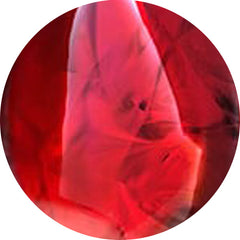 RED FOSSIL (0)
RED FOSSIL (0)
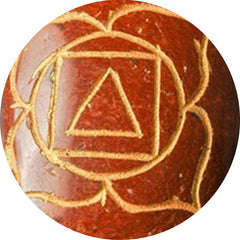 RED JASPER (3)
RED JASPER (3)
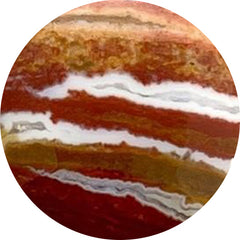 RED RIVER JASPER (18)
RED RIVER JASPER (18)
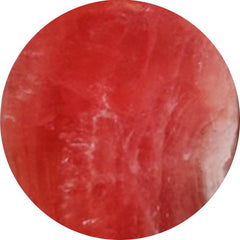 RHODOCHROSITE (349)
RHODOCHROSITE (349)
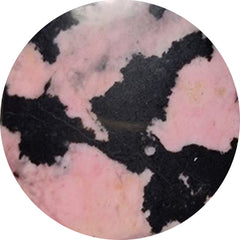 RHODONITE (83)
RHODONITE (83)
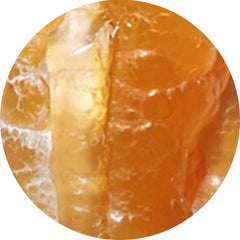 ROCK CHALCEDONY (2)
ROCK CHALCEDONY (2)
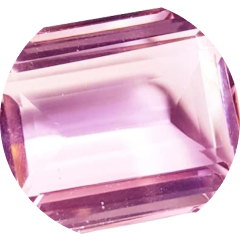 Rose Cut Gemstones (760)
Rose Cut Gemstones (760)
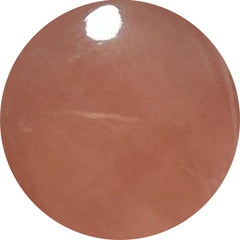 ROSE QUARTZ (69)
ROSE QUARTZ (69)
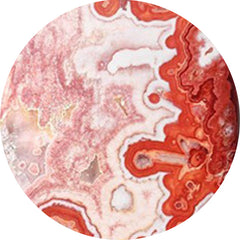 ROSITA JASPER (18)
ROSITA JASPER (18)
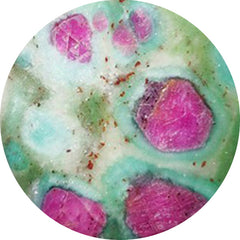 RUBY IN FUCHSITE (6)
RUBY IN FUCHSITE (6)
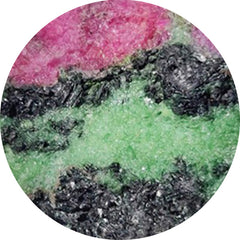 RUBY IN ZOISITE (107)
RUBY IN ZOISITE (107)
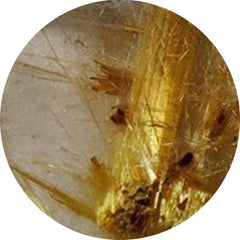 RUTILATED QUARTZ (210)
RUTILATED QUARTZ (210)
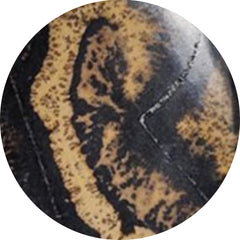 SAGE BRUSH JASPER (0)
SAGE BRUSH JASPER (0)
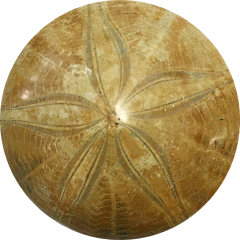 SAND DOLLAR FOSSIL (0)
SAND DOLLAR FOSSIL (0)
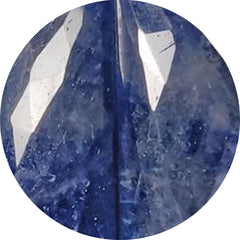 SAPPHIRE (48)
SAPPHIRE (48)
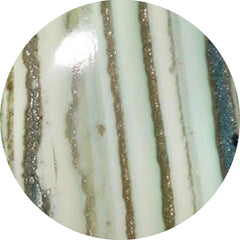 SATURN CHALCEDONY (66)
SATURN CHALCEDONY (66)
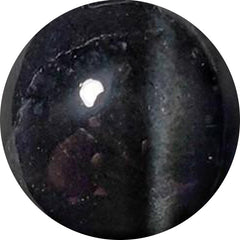 SCAPOLITE (14)
SCAPOLITE (14)
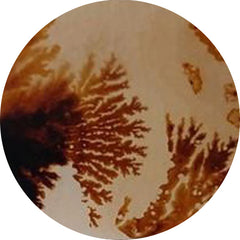 SCENIC AGATE (73)
SCENIC AGATE (73)
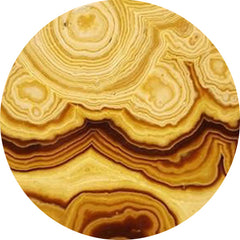 SCHALENBLENDE (98)
SCHALENBLENDE (98)
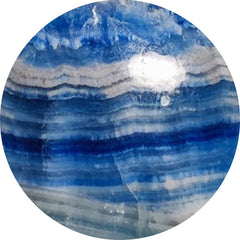 SCHEELITE (41)
SCHEELITE (41)
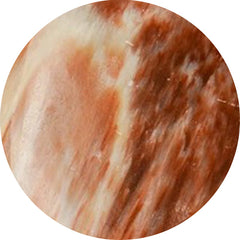 SCOLECITE (52)
SCOLECITE (52)
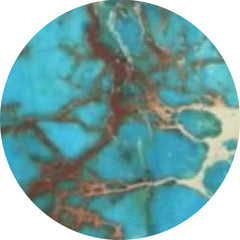 SEA SEDIMENT JASPER (7)
SEA SEDIMENT JASPER (7)
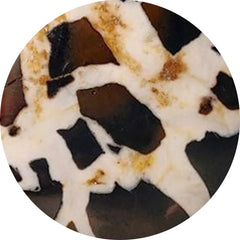 SEPTARIAN (85)
SEPTARIAN (85)
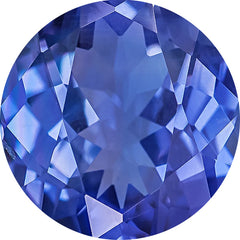 SEPTEMBER BIRTHSTONE (178)
SEPTEMBER BIRTHSTONE (178)
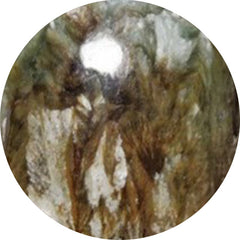 SERAPHINITE (64)
SERAPHINITE (64)
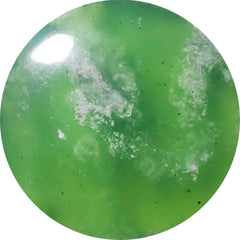 SERPENTINE (182)
SERPENTINE (182)
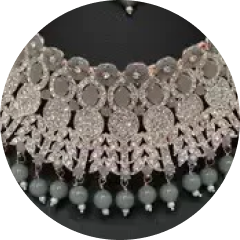 SETS (0)
SETS (0)
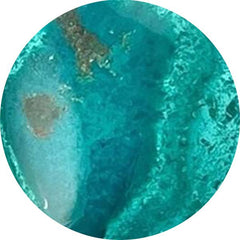 SHATTUCKITE (291)
SHATTUCKITE (291)
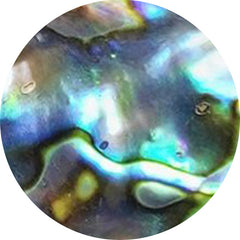 SHELL (264)
SHELL (264)
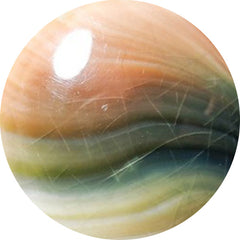 SHIVA EYE SHELL (50)
SHIVA EYE SHELL (50)
 SHUNGITE (5)
SHUNGITE (5)
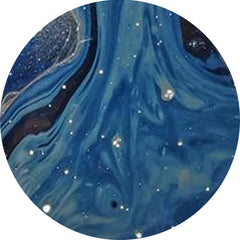 SIEBER AGATE (2)
SIEBER AGATE (2)
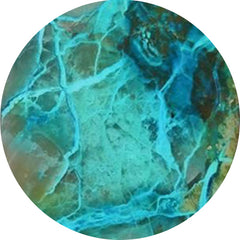 SILICA (6)
SILICA (6)
 Silver Leaf Jasper (16)
Silver Leaf Jasper (16)
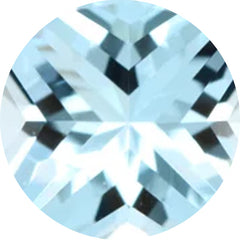 SKY BLUE TOPAZ (7)
SKY BLUE TOPAZ (7)
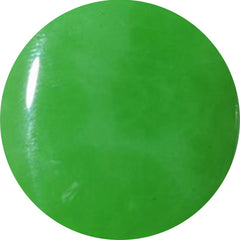 SMITHSONITE (44)
SMITHSONITE (44)
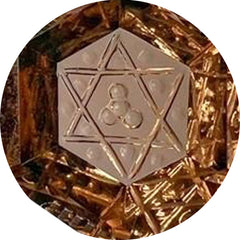 SMOKY QUARTZ (28)
SMOKY QUARTZ (28)
 SNAKESKIN JASPER (65)
SNAKESKIN JASPER (65)
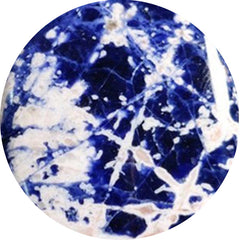 SODALITE (69)
SODALITE (69)
 SOLAR AGATE (0)
SOLAR AGATE (0)
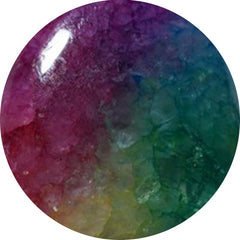 SOLAR QUARTZ (59)
SOLAR QUARTZ (59)
 SPECTROLITE (51)
SPECTROLITE (51)
 SPHENCE (22)
SPHENCE (22)
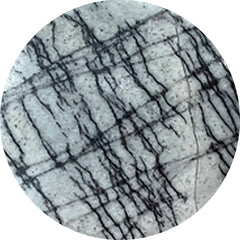 SPIDERWEB JASPER (7)
SPIDERWEB JASPER (7)
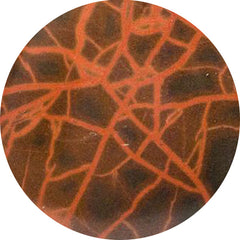 SPIDERWOMAN JASPER (1)
SPIDERWOMAN JASPER (1)
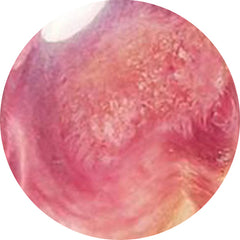 SPINY OYSTER SHELL (37)
SPINY OYSTER SHELL (37)
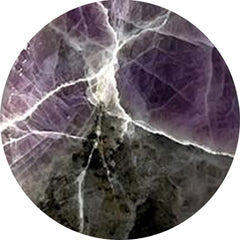 SPURRITE (8)
SPURRITE (8)
 STARBURST (1)
STARBURST (1)
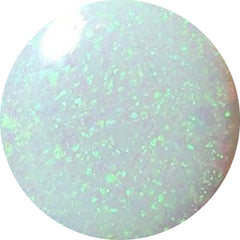 STERLING OPAL (5)
STERLING OPAL (5)
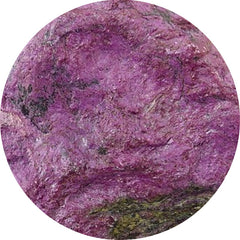 Stichtite (43)
Stichtite (43)
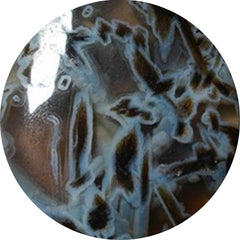 STICK AGATE (15)
STICK AGATE (15)
 STITCHTITE (137)
STITCHTITE (137)
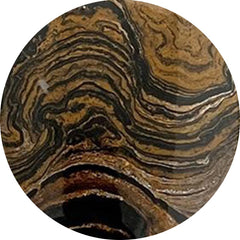 STRAMATOLITE (0)
STRAMATOLITE (0)
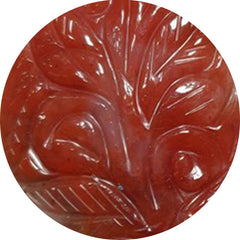 STRAWBERRY QUARTZ (9)
STRAWBERRY QUARTZ (9)
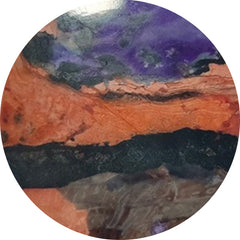 SUGILITE (1)
SUGILITE (1)
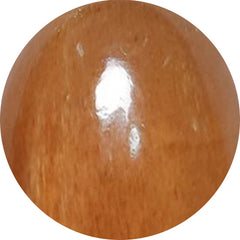 SUNSTONE (176)
SUNSTONE (176)
 SURFITE (0)
SURFITE (0)
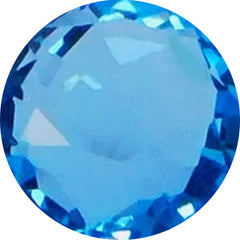 SWISS BLUE TOPAZ (40)
SWISS BLUE TOPAZ (40)
 SWISS OPAL (3)
SWISS OPAL (3)
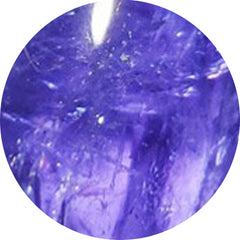 TANZANITE (46)
TANZANITE (46)
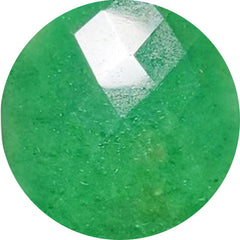 TANZURINE (11)
TANZURINE (11)
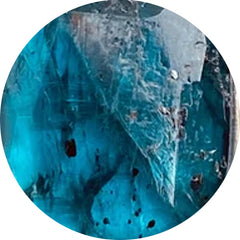 TEAL KYANITE (10)
TEAL KYANITE (10)
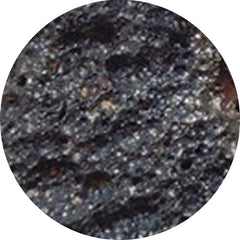 TEKTITE (16)
TEKTITE (16)
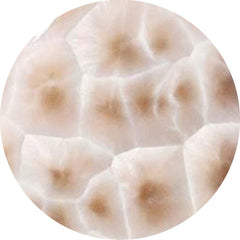 THOMSONITE (32)
THOMSONITE (32)
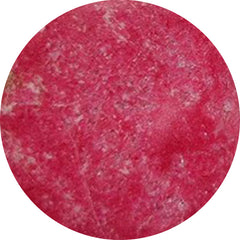 THULITE (86)
THULITE (86)
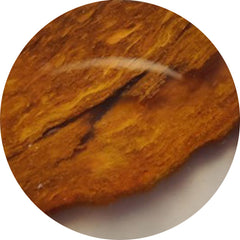 THUNDER EGG AGATE (0)
THUNDER EGG AGATE (0)
 TIFFANY STONE (5)
TIFFANY STONE (5)
 TIGER EYE (74)
TIGER EYE (74)
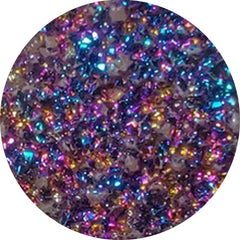 TITANIUM DRUZY (9)
TITANIUM DRUZY (9)
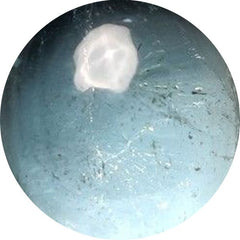 TOPAZ (85)
TOPAZ (85)
 TOURMALINE (168)
TOURMALINE (168)
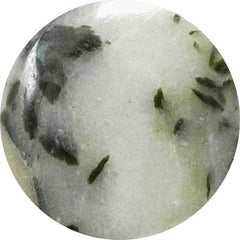 TOURMALINE IN QUARTZ (92)
TOURMALINE IN QUARTZ (92)
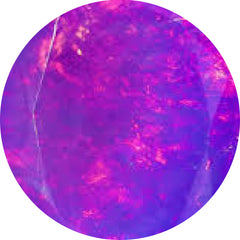 TREATED OPAL (59)
TREATED OPAL (59)
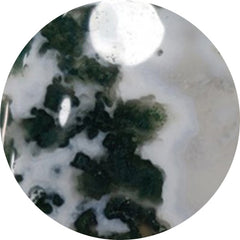 TREE AGATE (33)
TREE AGATE (33)
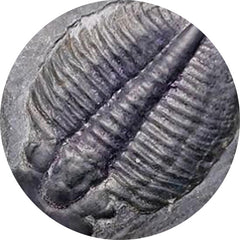 TRILOBITE FOSSIL (10)
TRILOBITE FOSSIL (10)
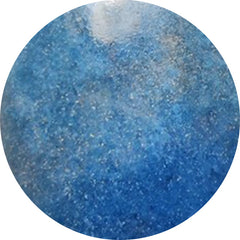 TROLLEITE QUARTZ (40)
TROLLEITE QUARTZ (40)
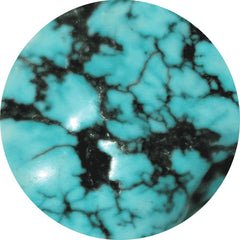 TUMBLES (1)
TUMBLES (1)
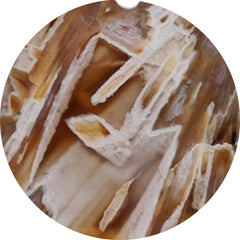 TURKISH TUBE AGATE (82)
TURKISH TUBE AGATE (82)
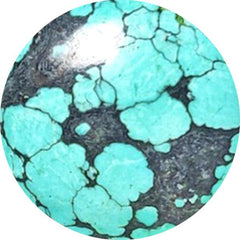 TURQUOISE (492)
TURQUOISE (492)
 TURRITELLA JASPER (4)
TURRITELLA JASPER (4)
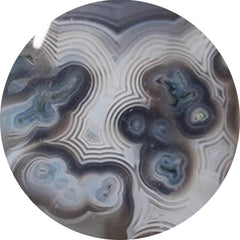 TUXEDO AGATE (57)
TUXEDO AGATE (57)
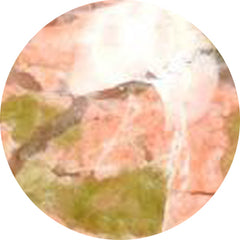 Unakite (4)
Unakite (4)
 UNDER $10 (4040)
UNDER $10 (4040)
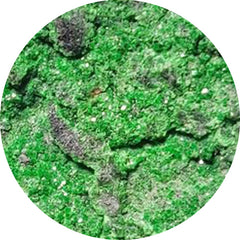 UVAROVITE GARNET (4)
UVAROVITE GARNET (4)
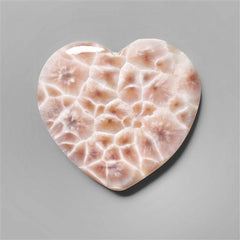 Valentine (790)
Valentine (790)
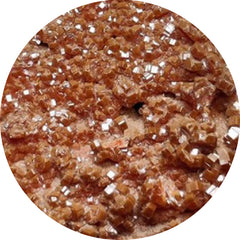 VANADINITE DRUZY (6)
VANADINITE DRUZY (6)
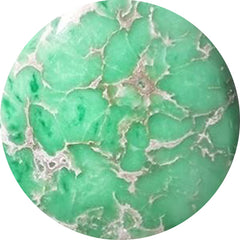 VARISCITE (121)
VARISCITE (121)
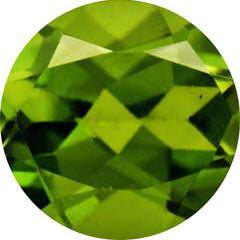 VESUVIANITE (0)
VESUVIANITE (0)
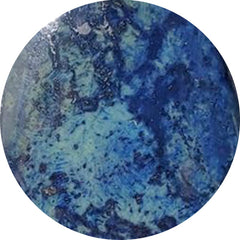 VIVIANITE (0)
VIVIANITE (0)
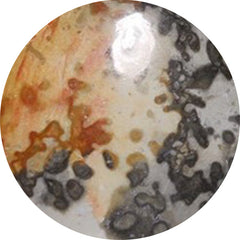 VOLCANIC COTHAM MARBLE (10)
VOLCANIC COTHAM MARBLE (10)
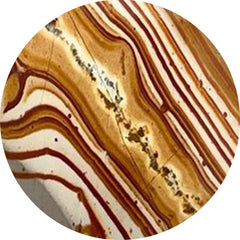 WAGUL JASPER (6)
WAGUL JASPER (6)
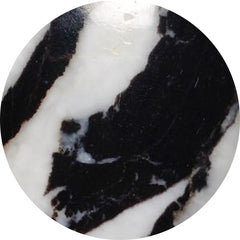 WHITE BUFFALO TURQUOISE (45)
WHITE BUFFALO TURQUOISE (45)
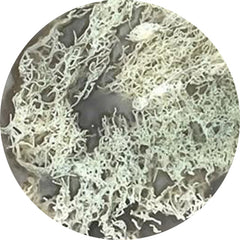 WHITE HORSE CANYON (48)
WHITE HORSE CANYON (48)
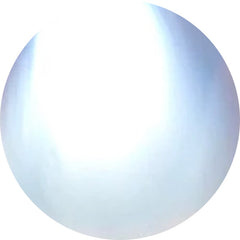 WHITE MOONSTONE (38)
WHITE MOONSTONE (38)
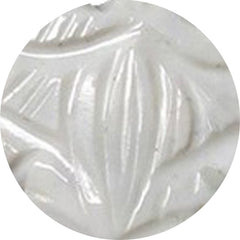 WHITE OPAL (13)
WHITE OPAL (13)
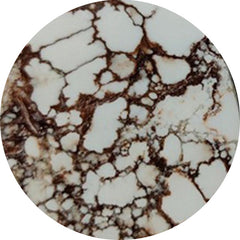 WILD HORSE JASPER (113)
WILD HORSE JASPER (113)
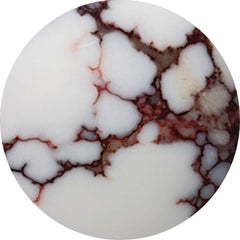 WILD HORSE MAGNESITE (59)
WILD HORSE MAGNESITE (59)
 WILLOW CREEK JASPER (9)
WILLOW CREEK JASPER (9)
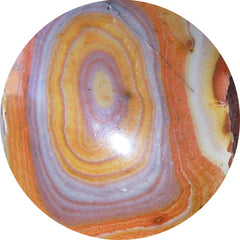 WONDER STONE (4)
WONDER STONE (4)
 WOOD (204)
WOOD (204)
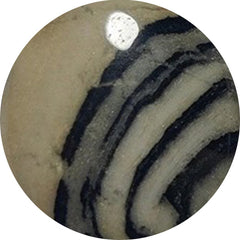 YAVAPAI TRAVERTINE (0)
YAVAPAI TRAVERTINE (0)
 Yellow Gemstones (179)
Yellow Gemstones (179)
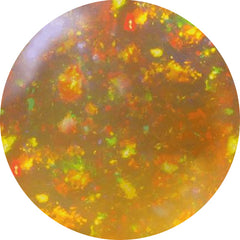 YELLOW OPAL (0)
YELLOW OPAL (0)
 YEMENI AQEEQ (0)
YEMENI AQEEQ (0)
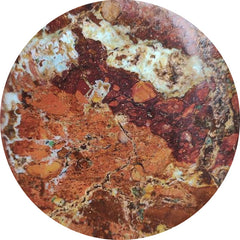 ZARINITE (0)
ZARINITE (0)
 ZEBRA JASPER (1)
ZEBRA JASPER (1)
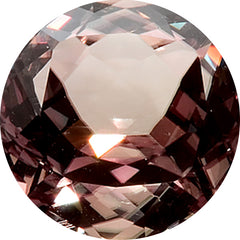 ZULTANITE (6)
ZULTANITE (6)


